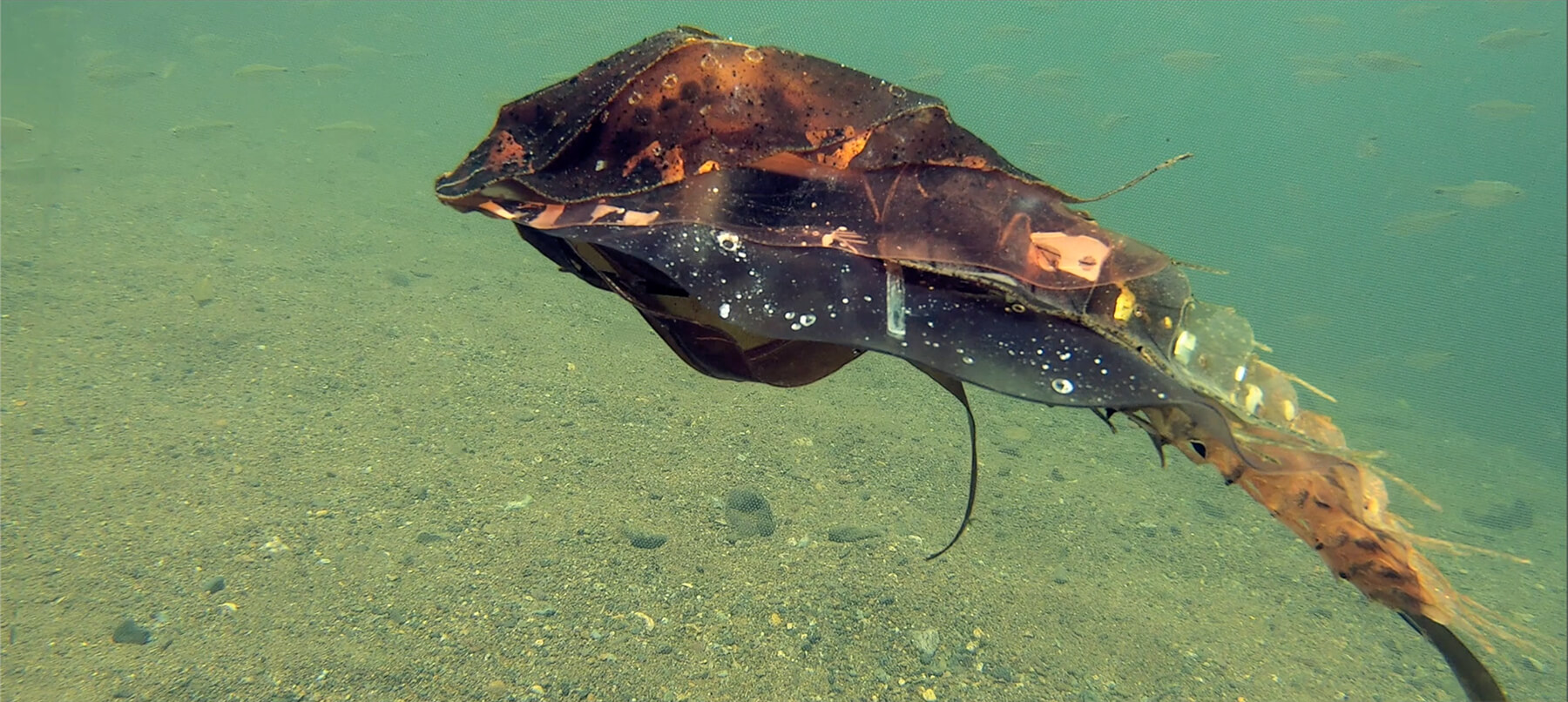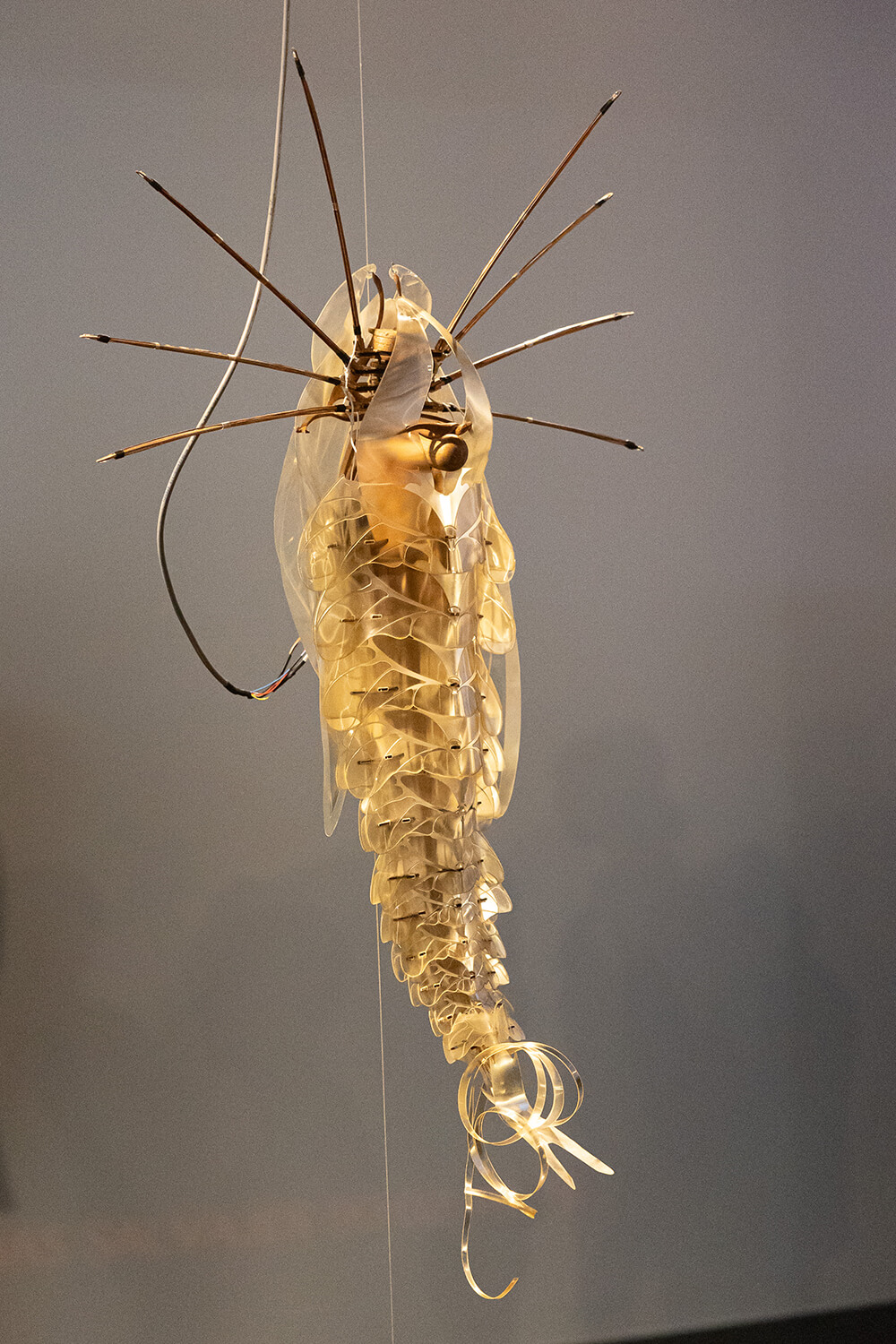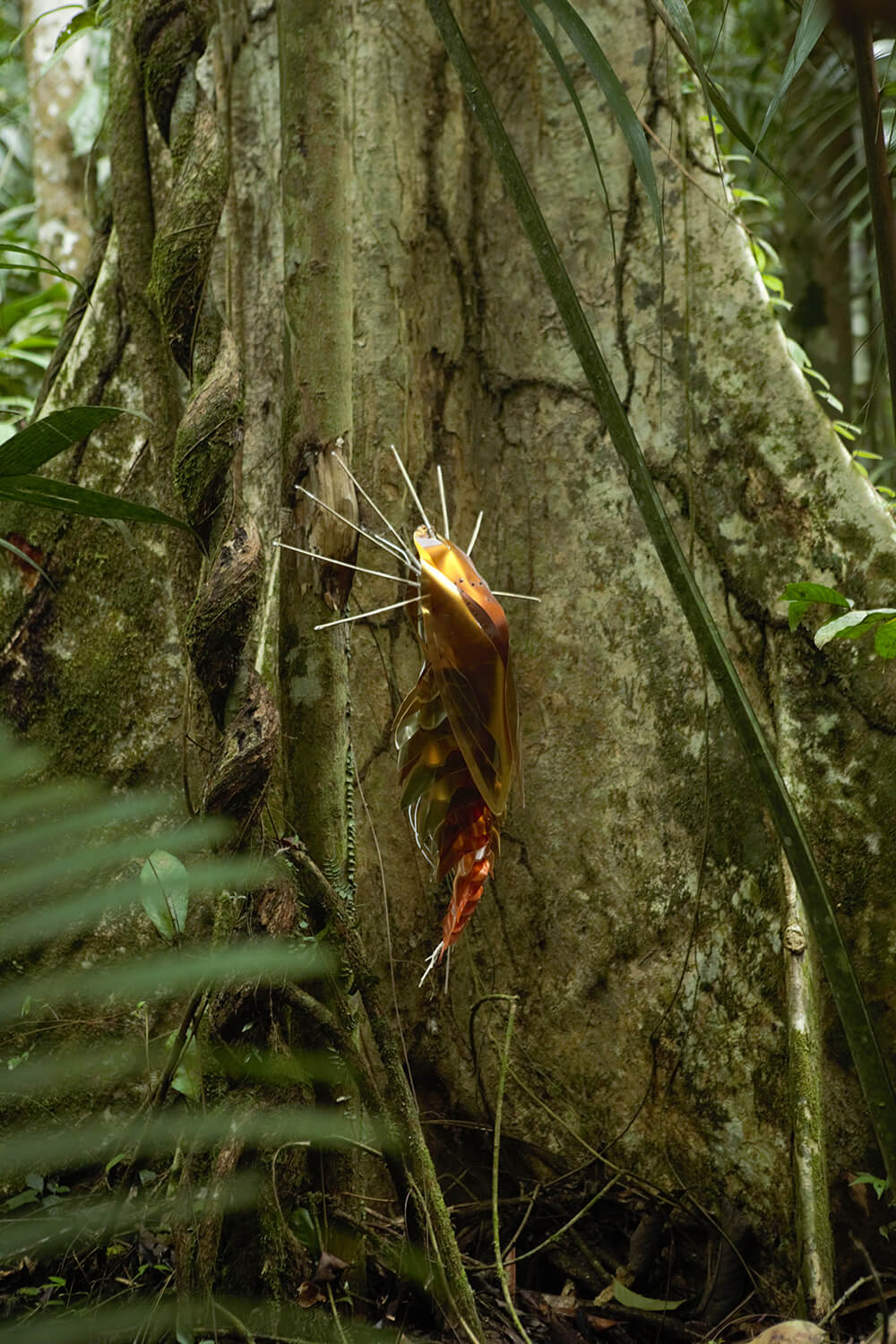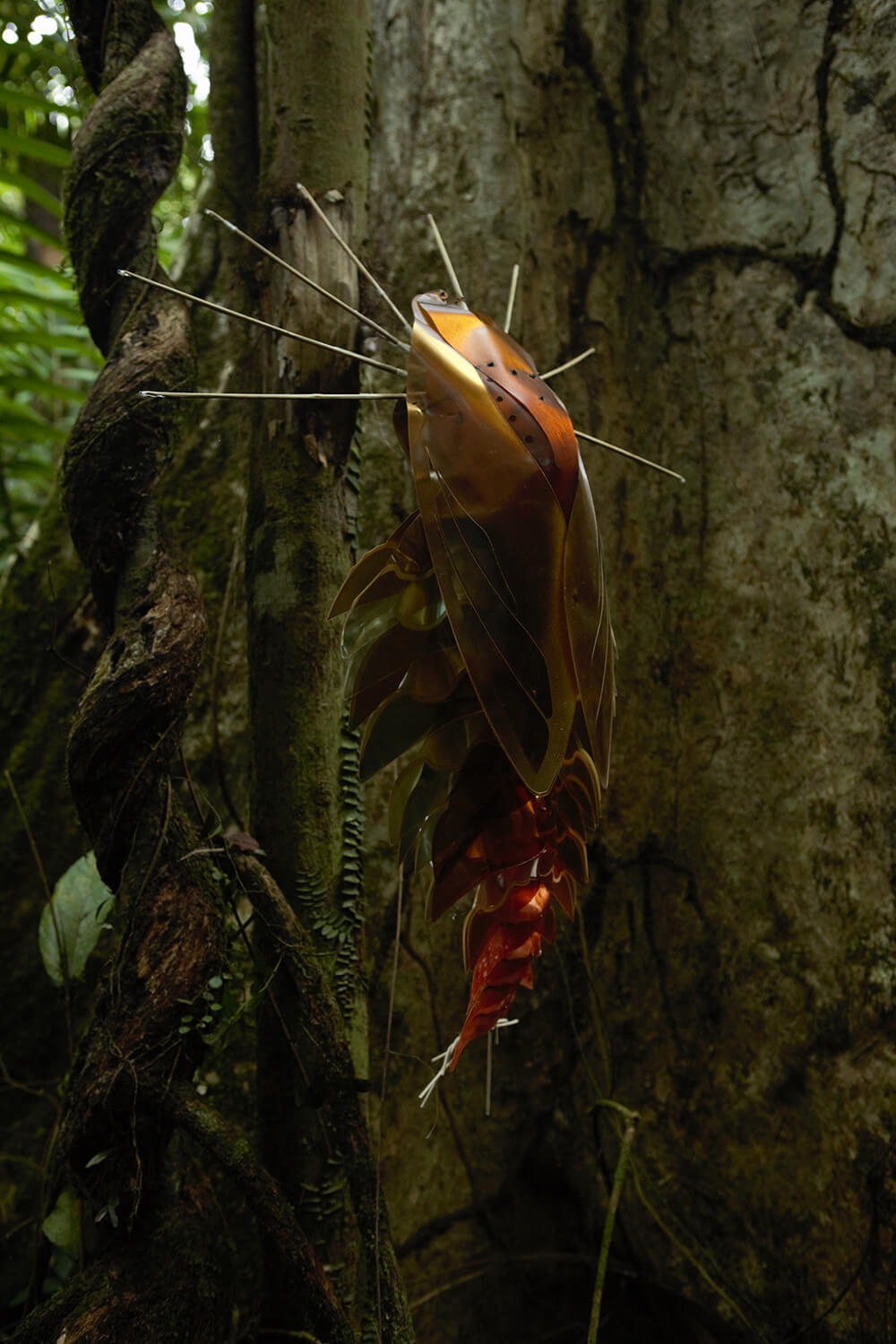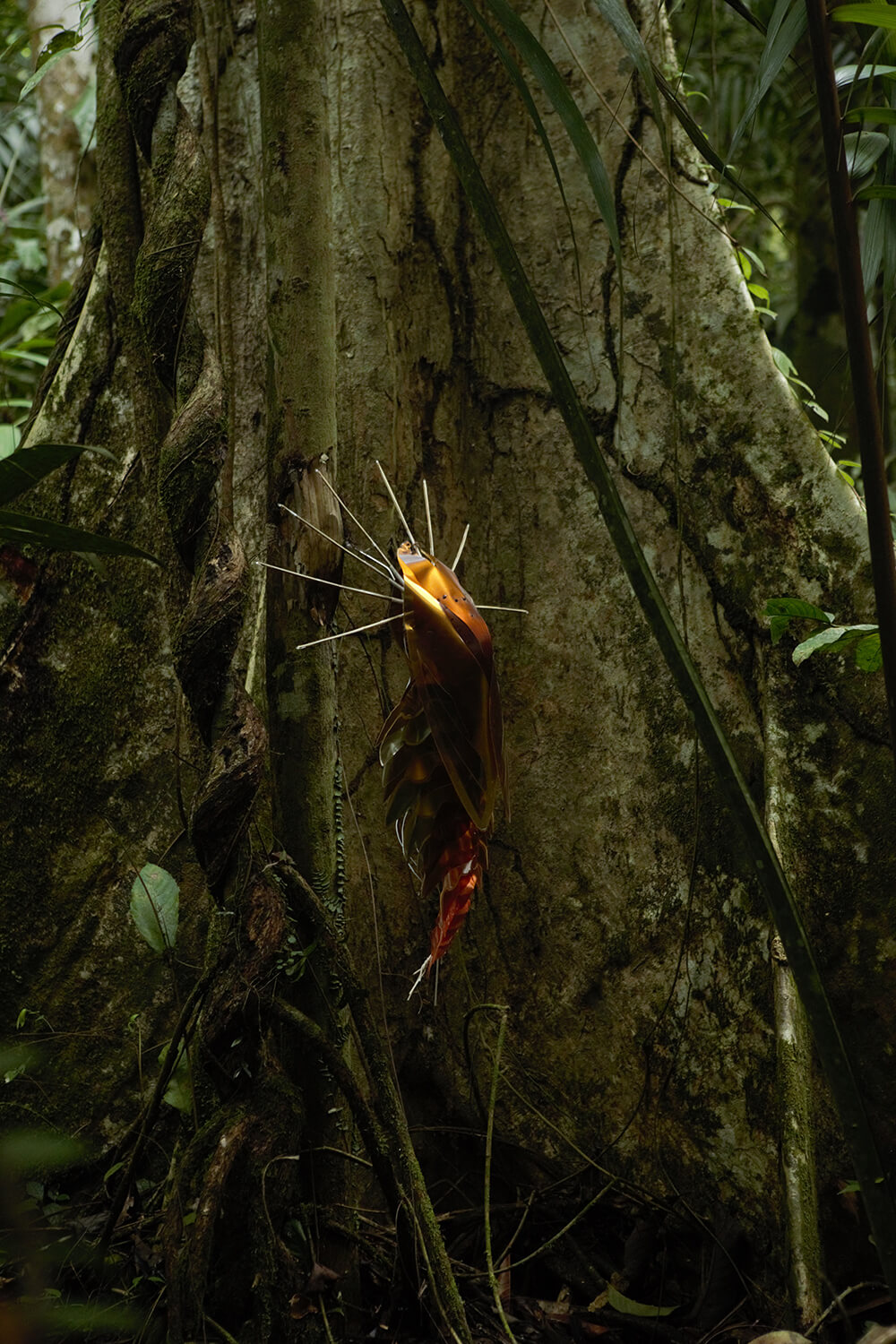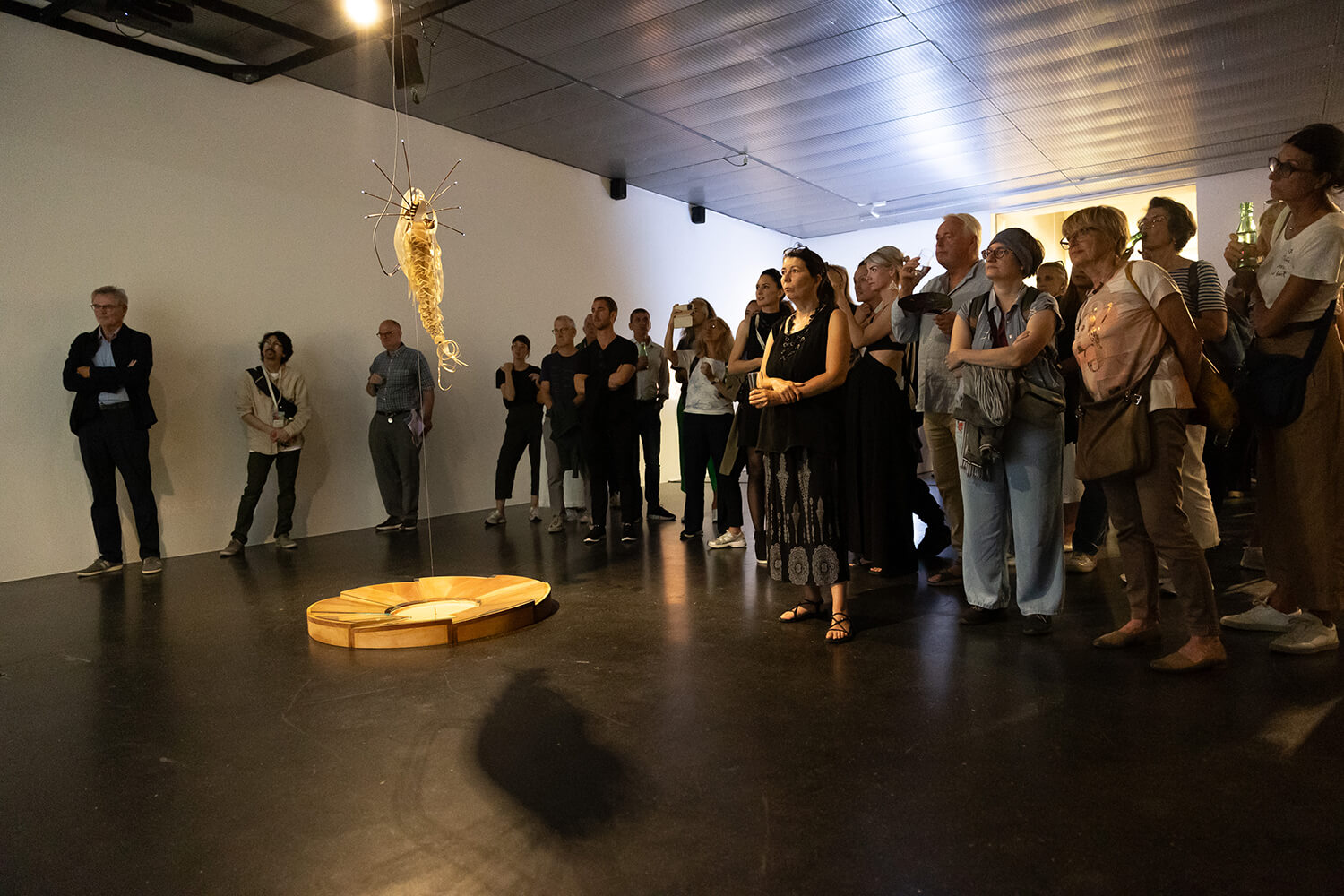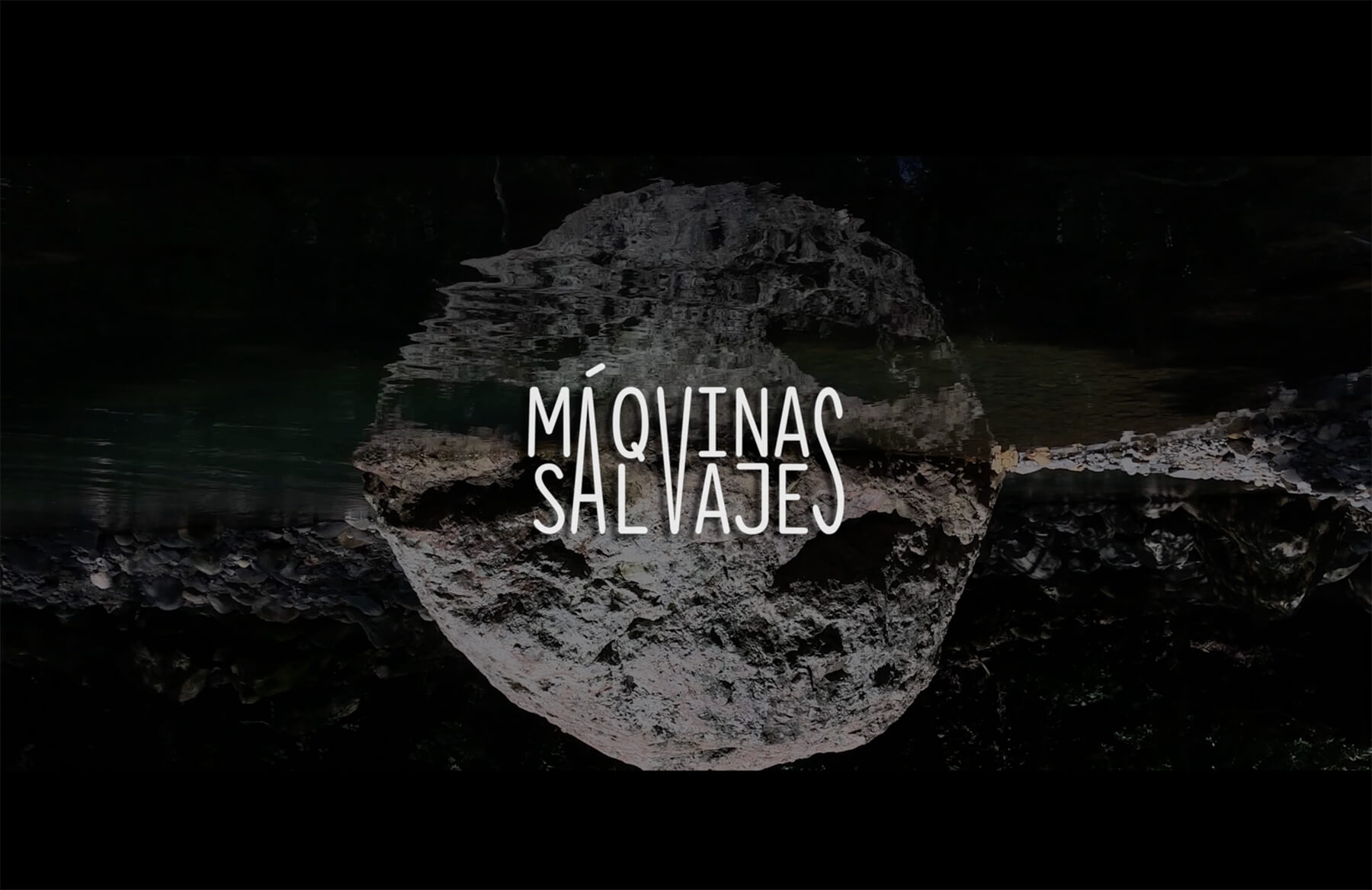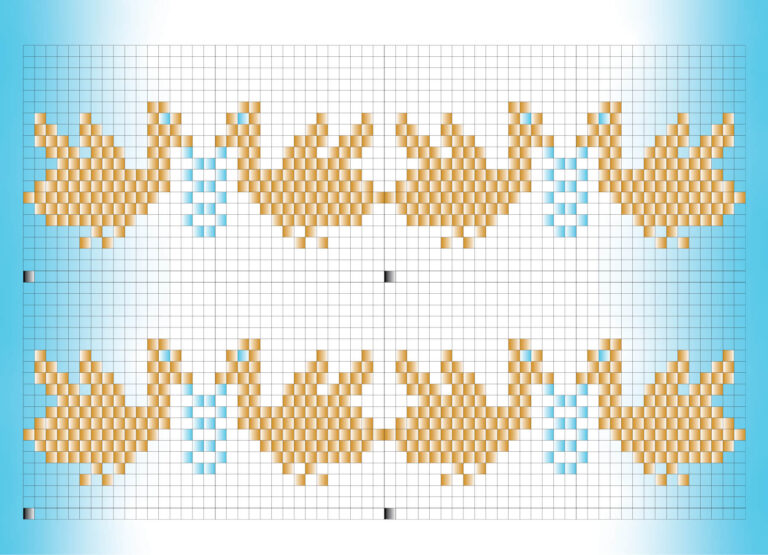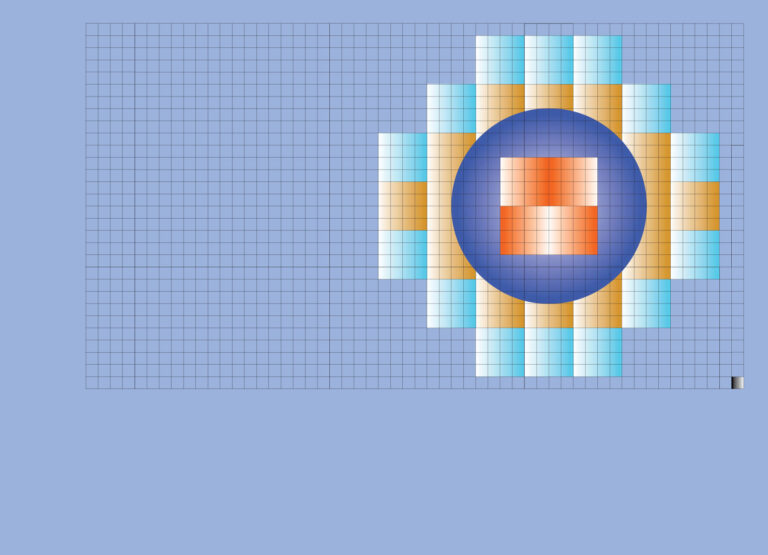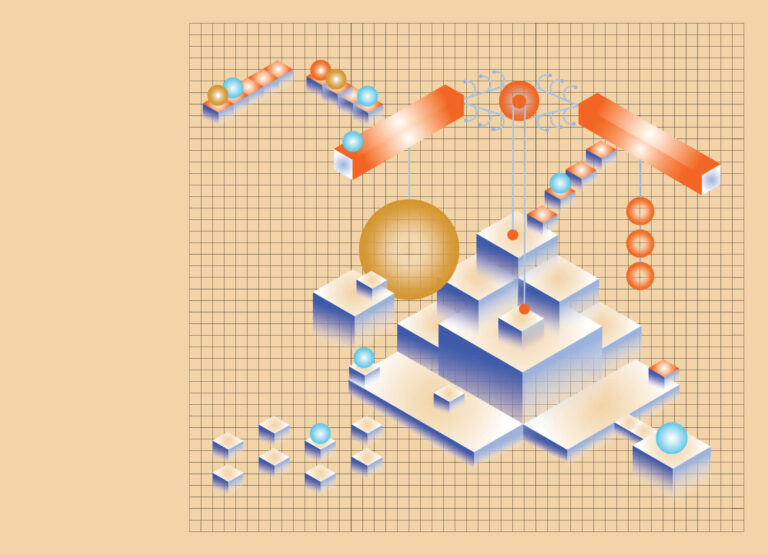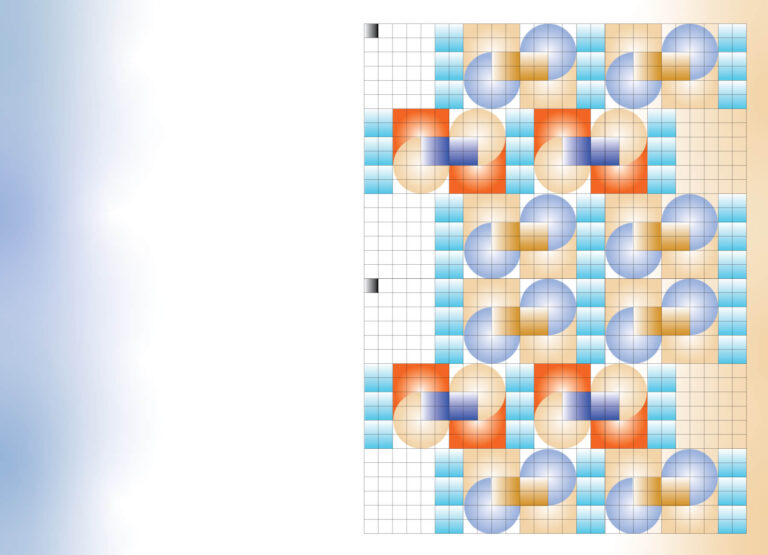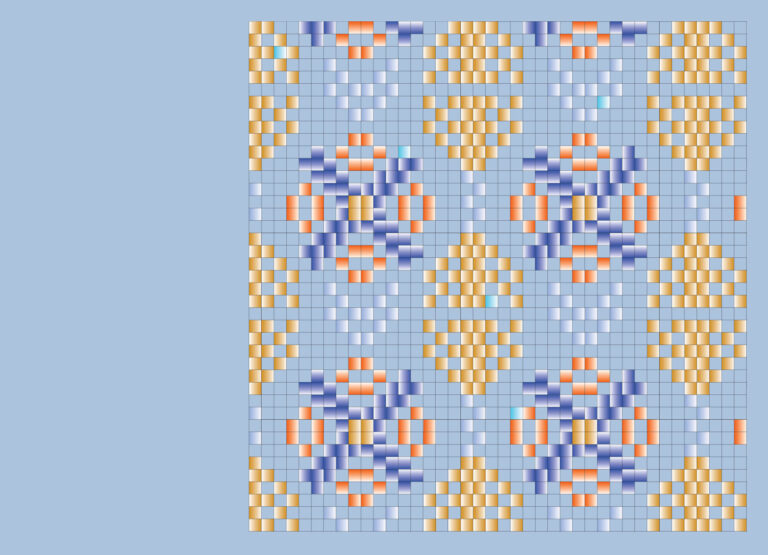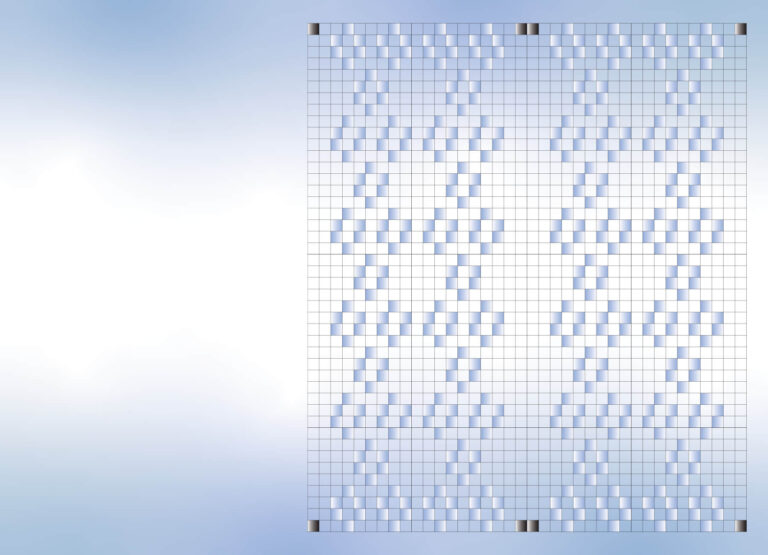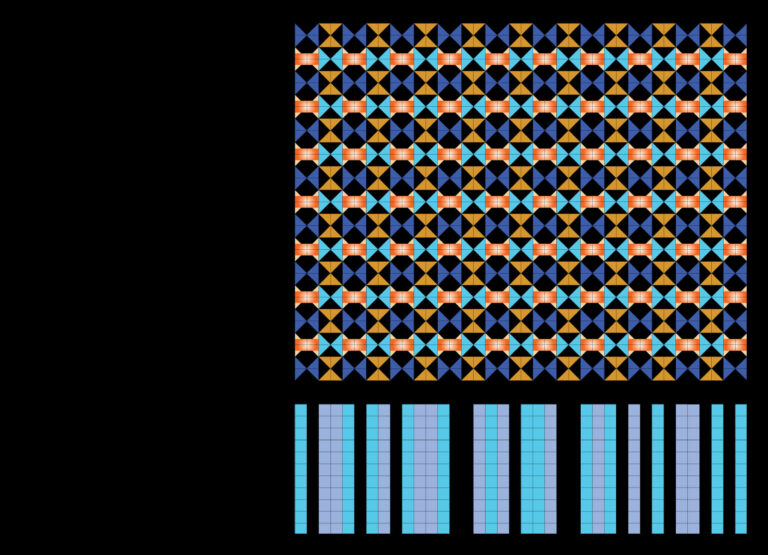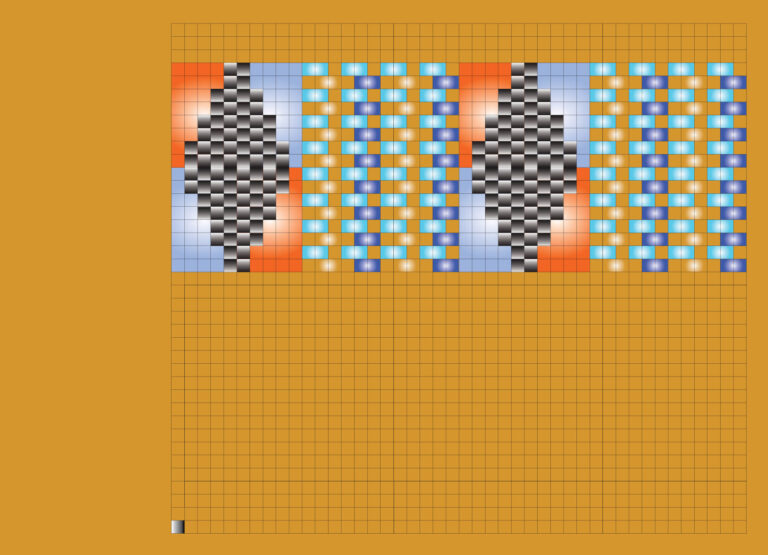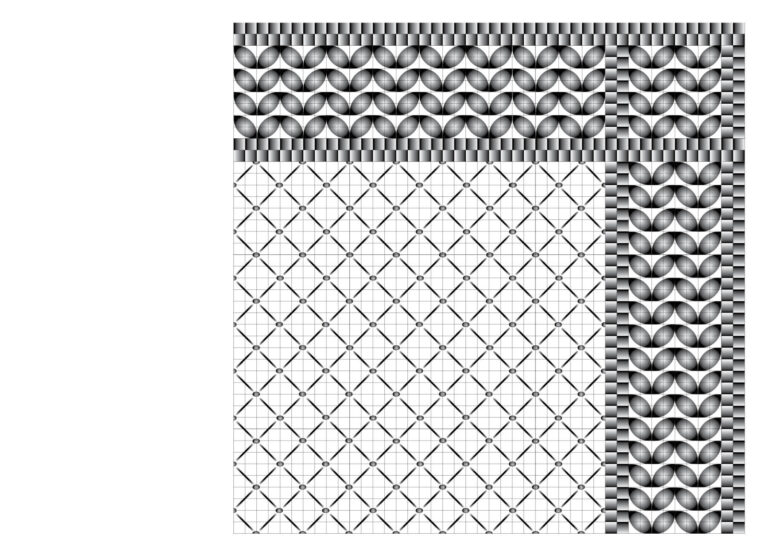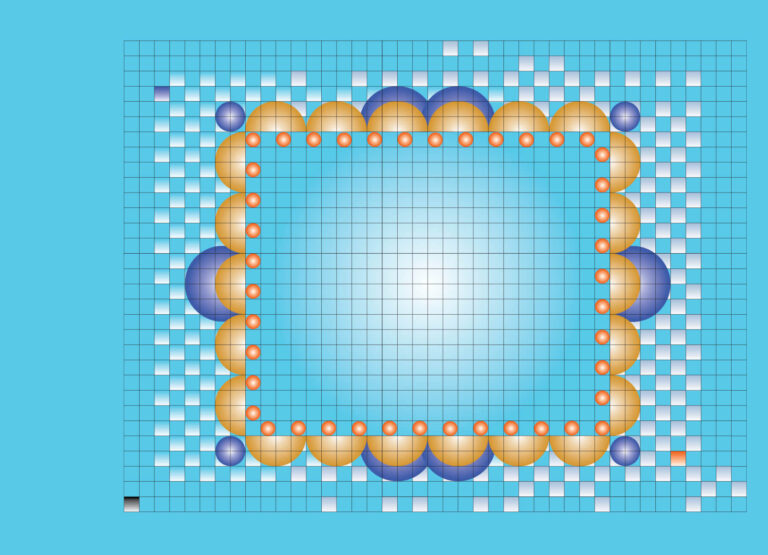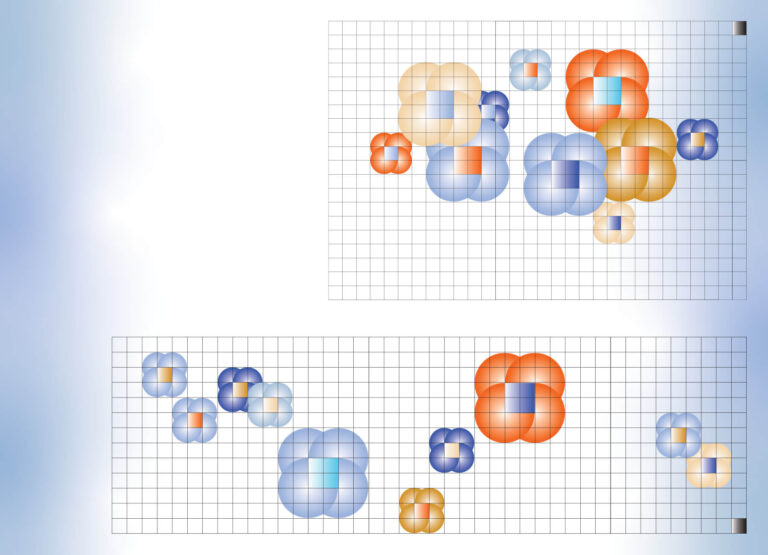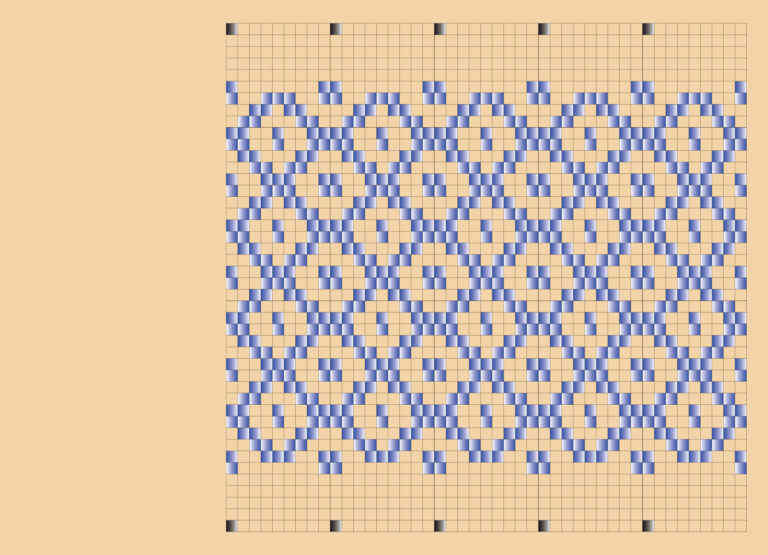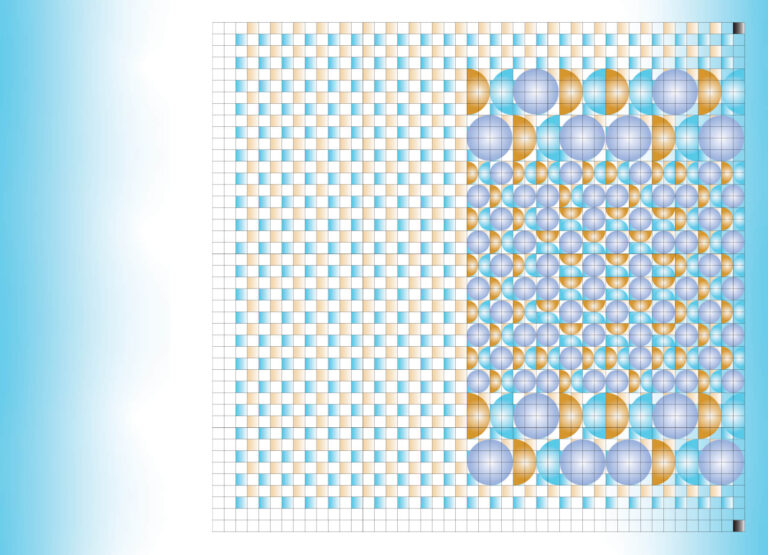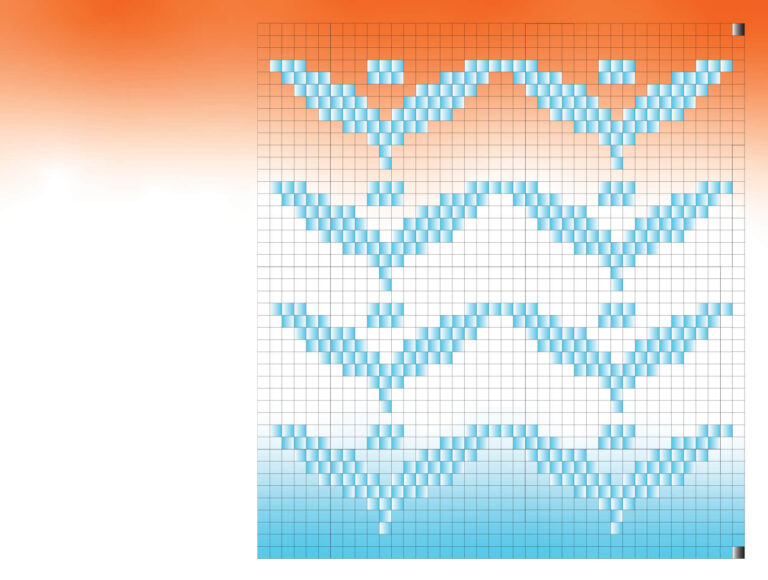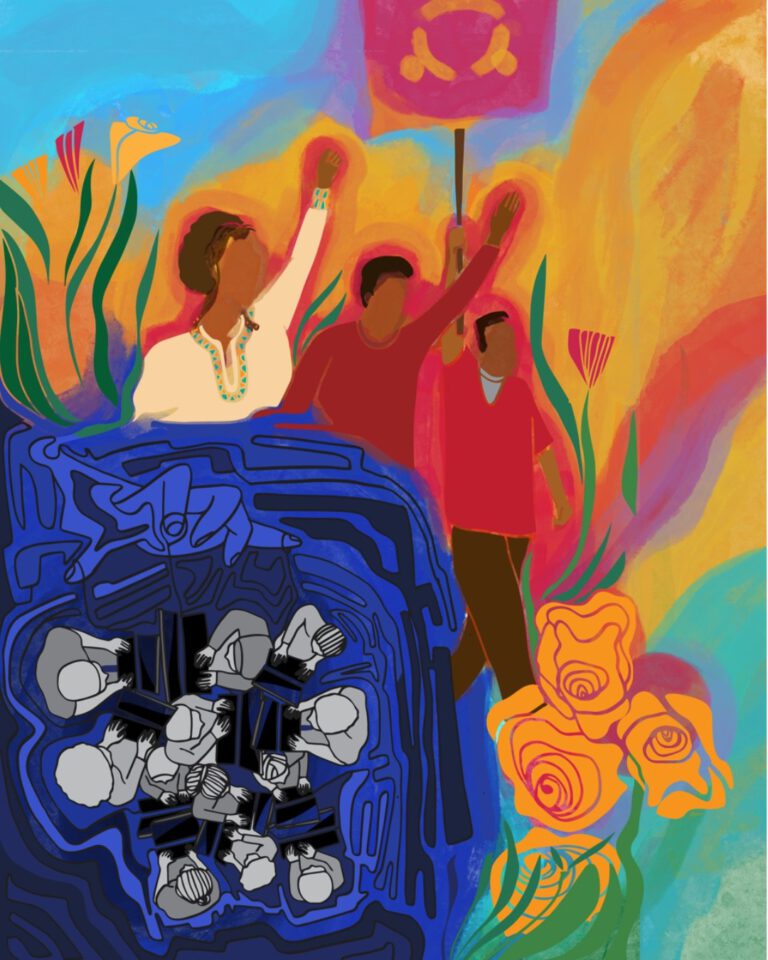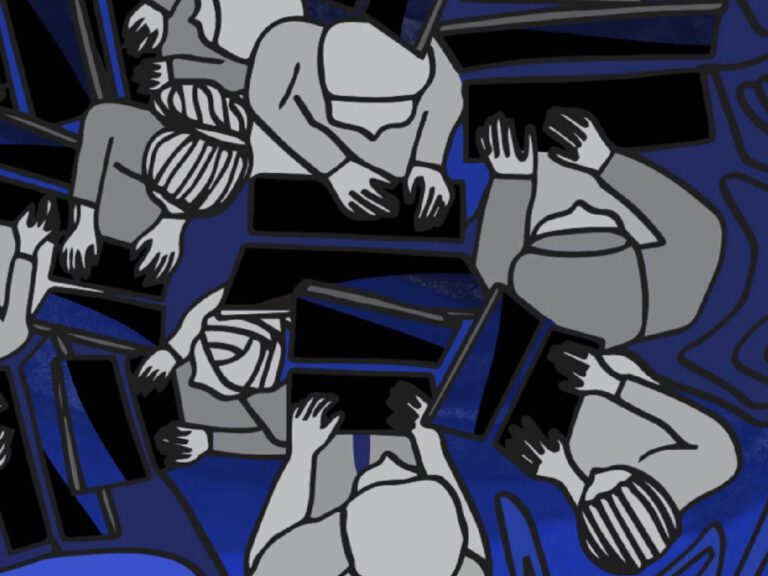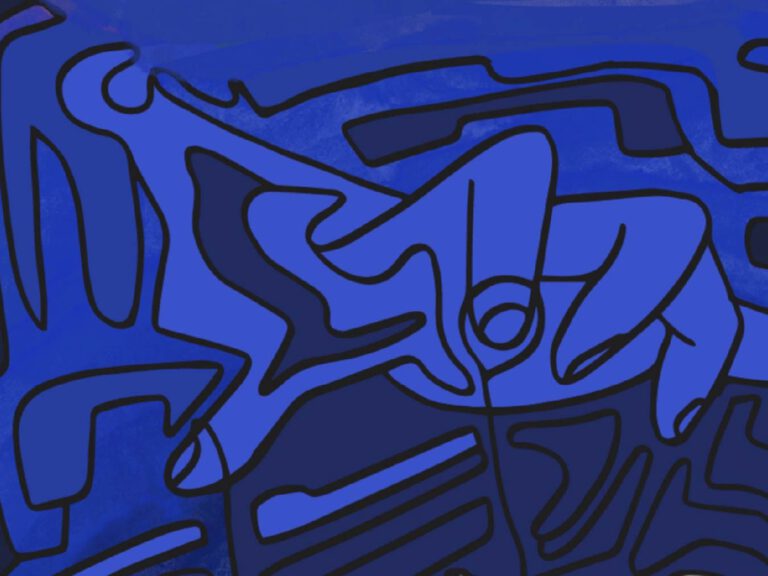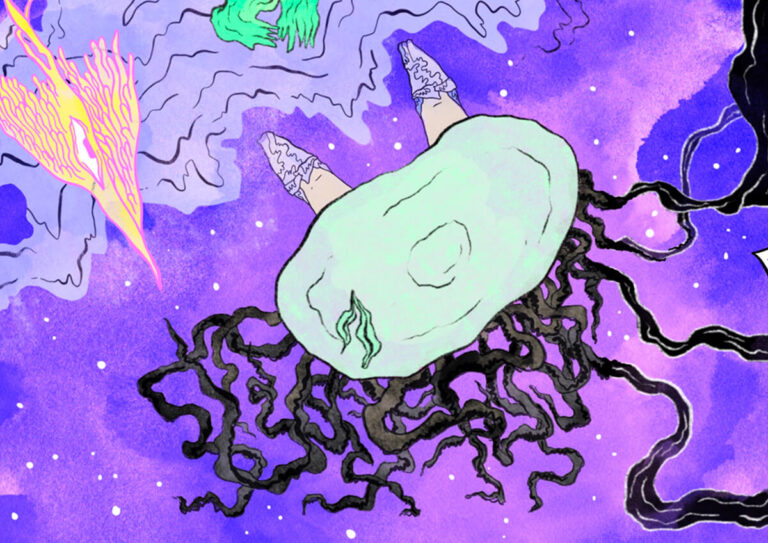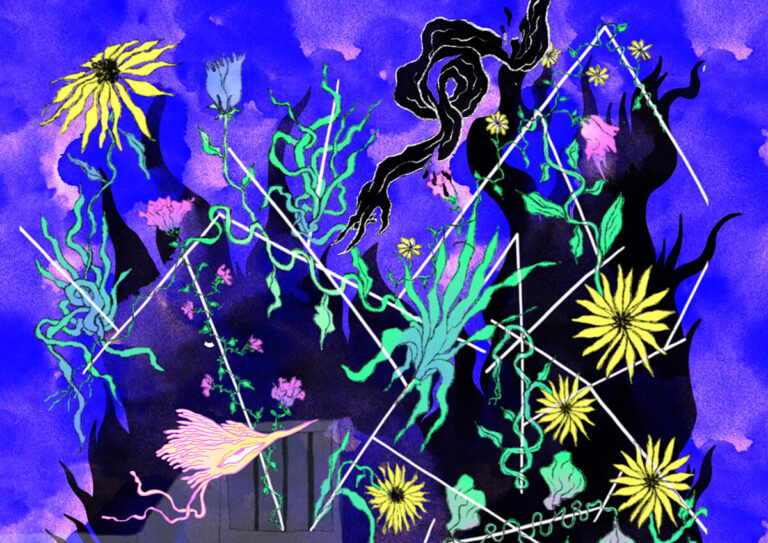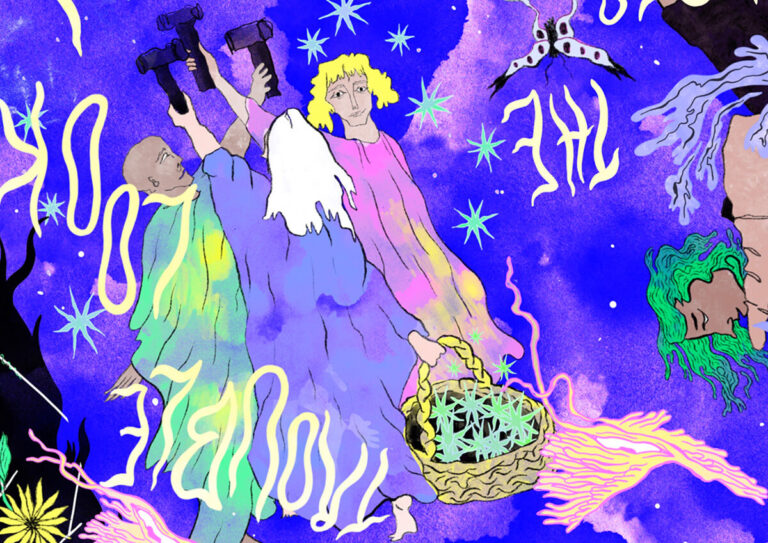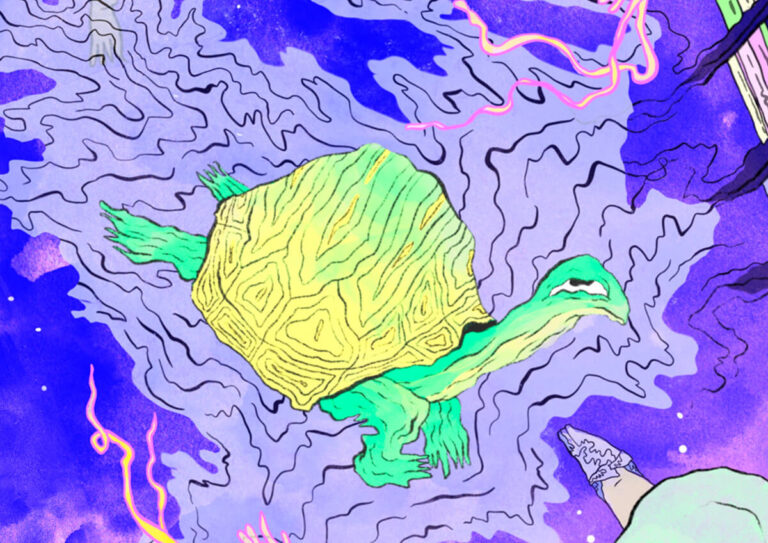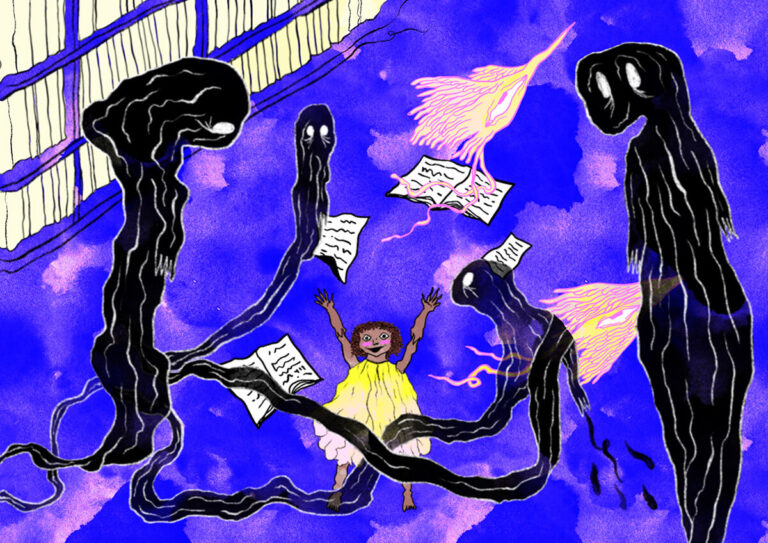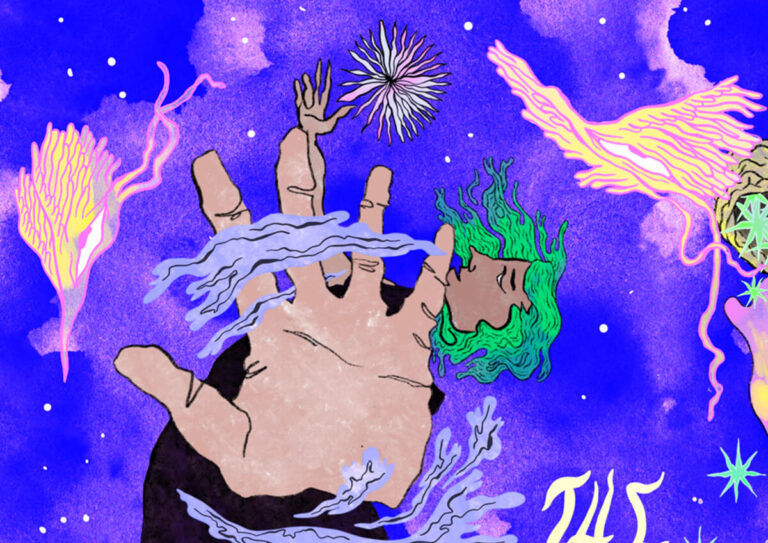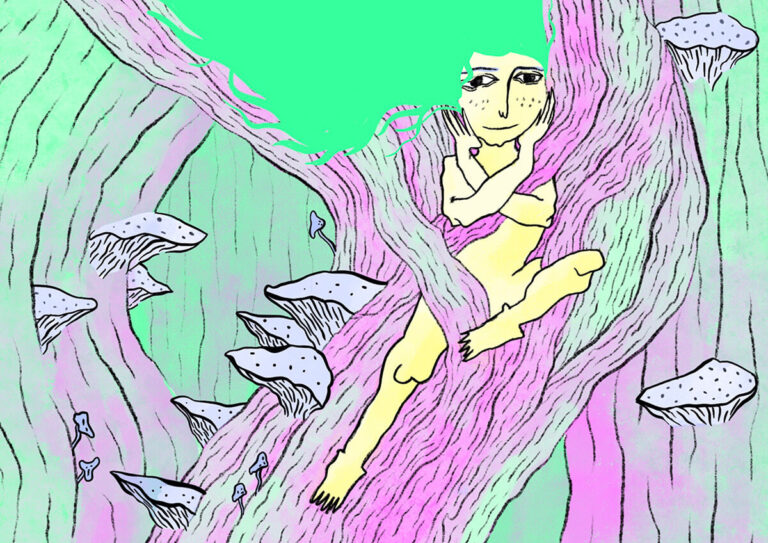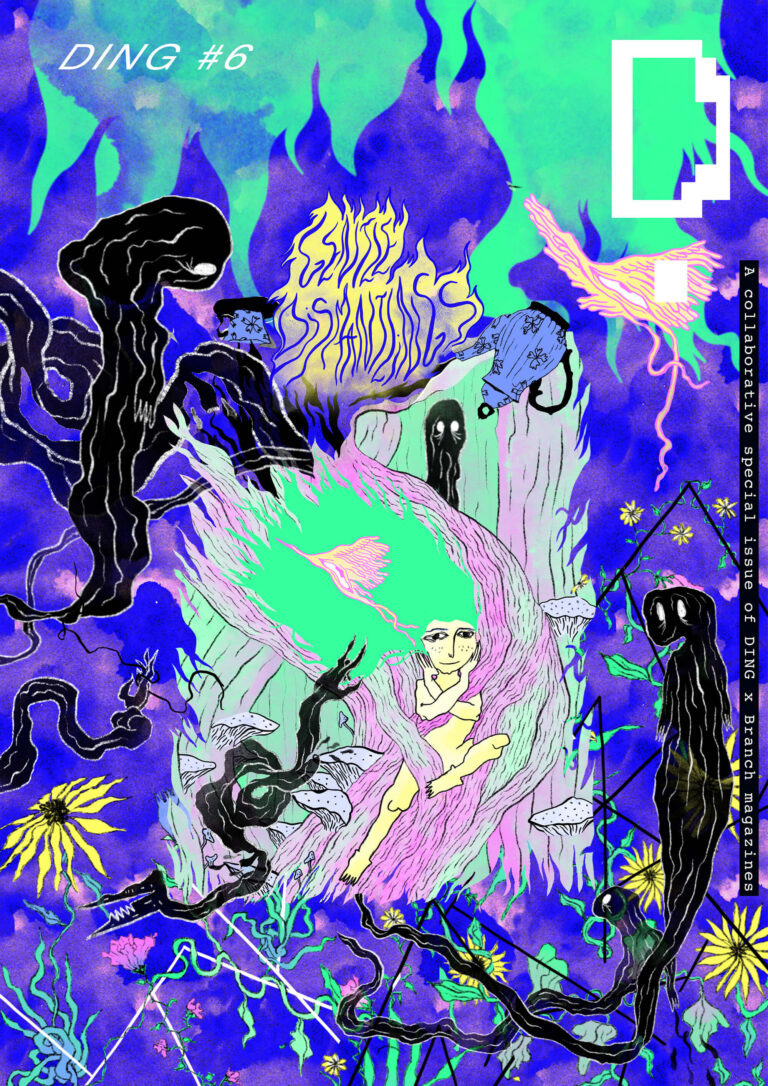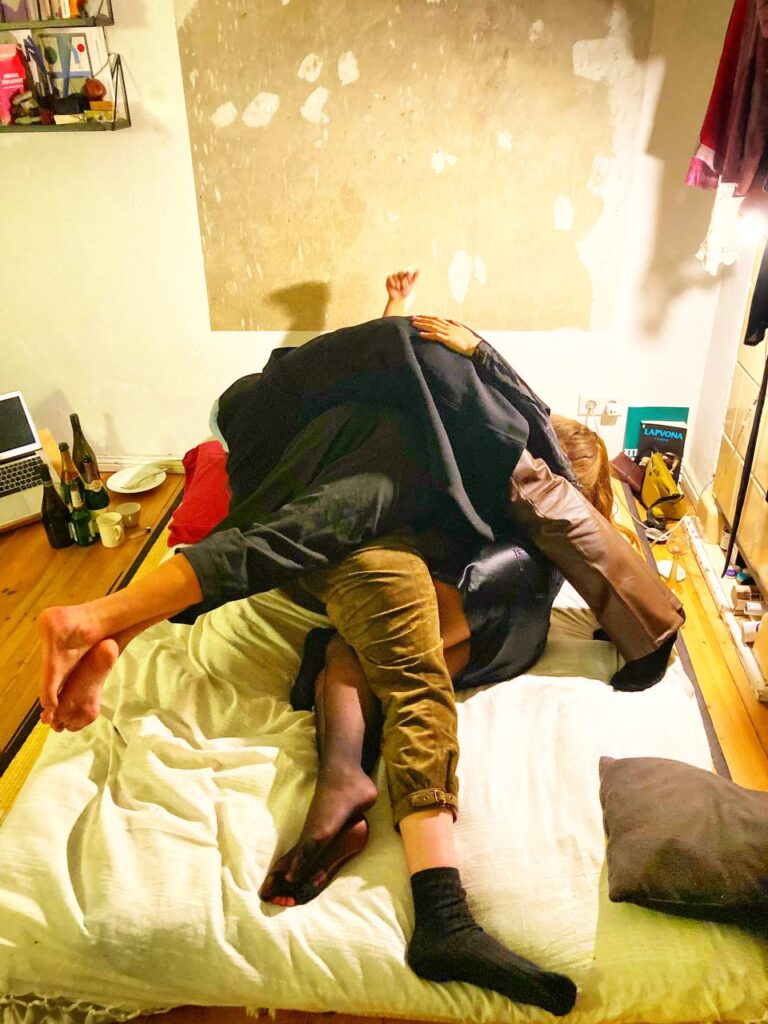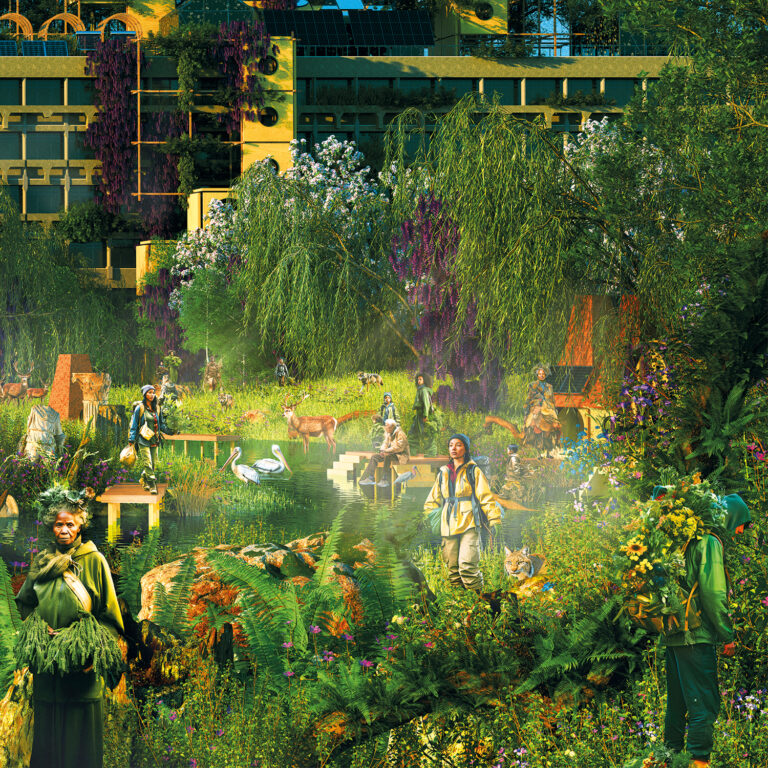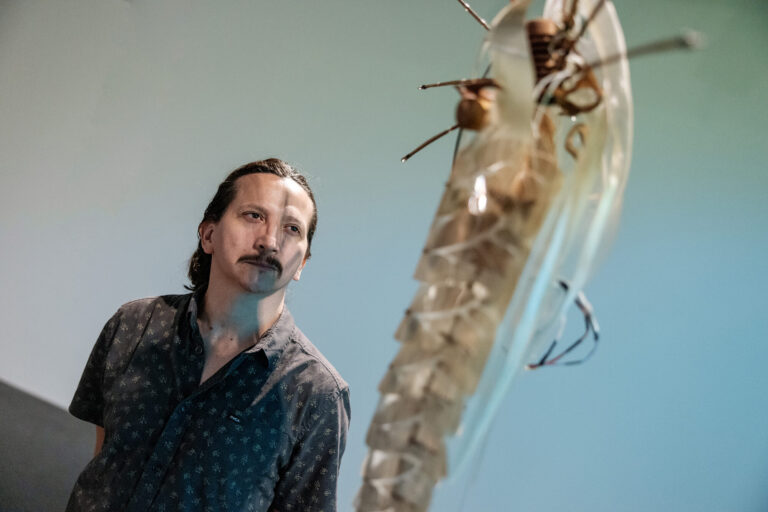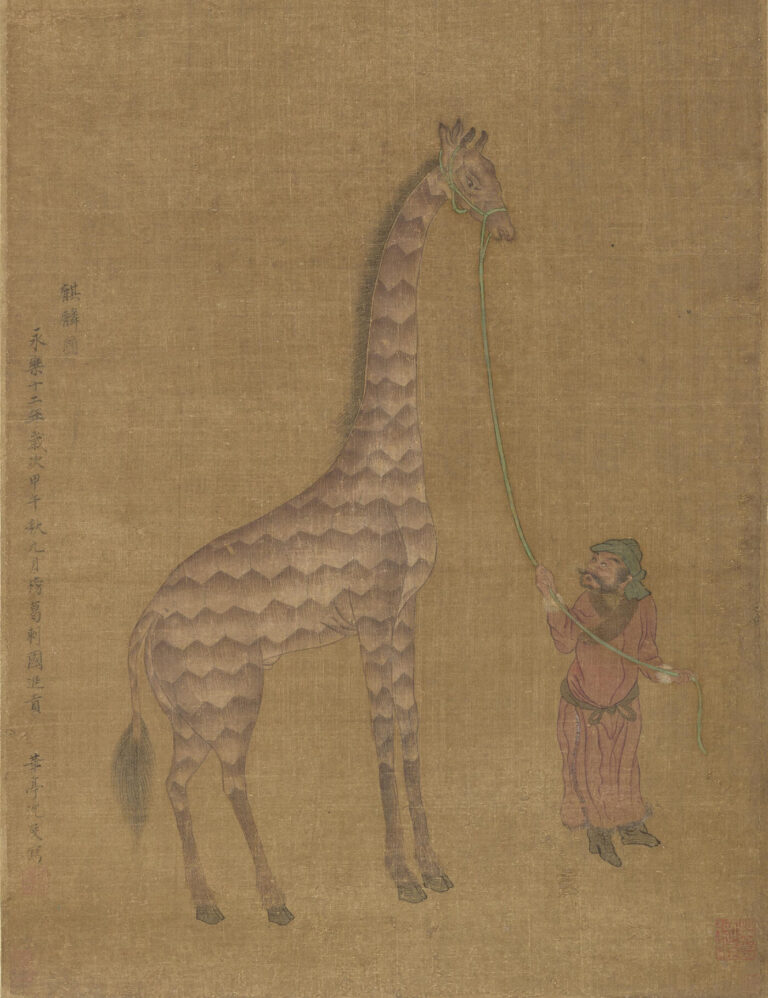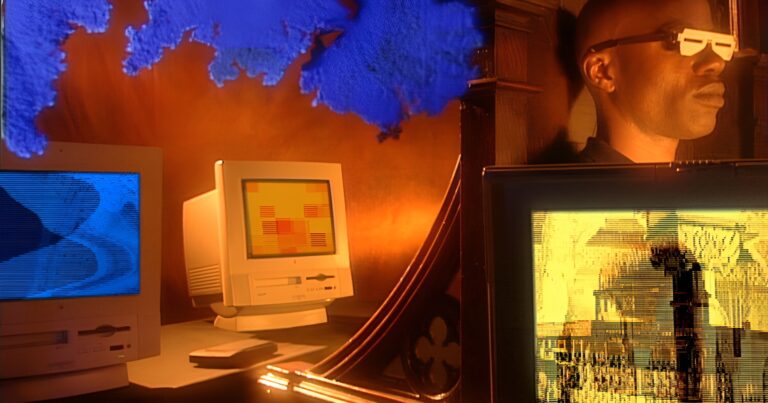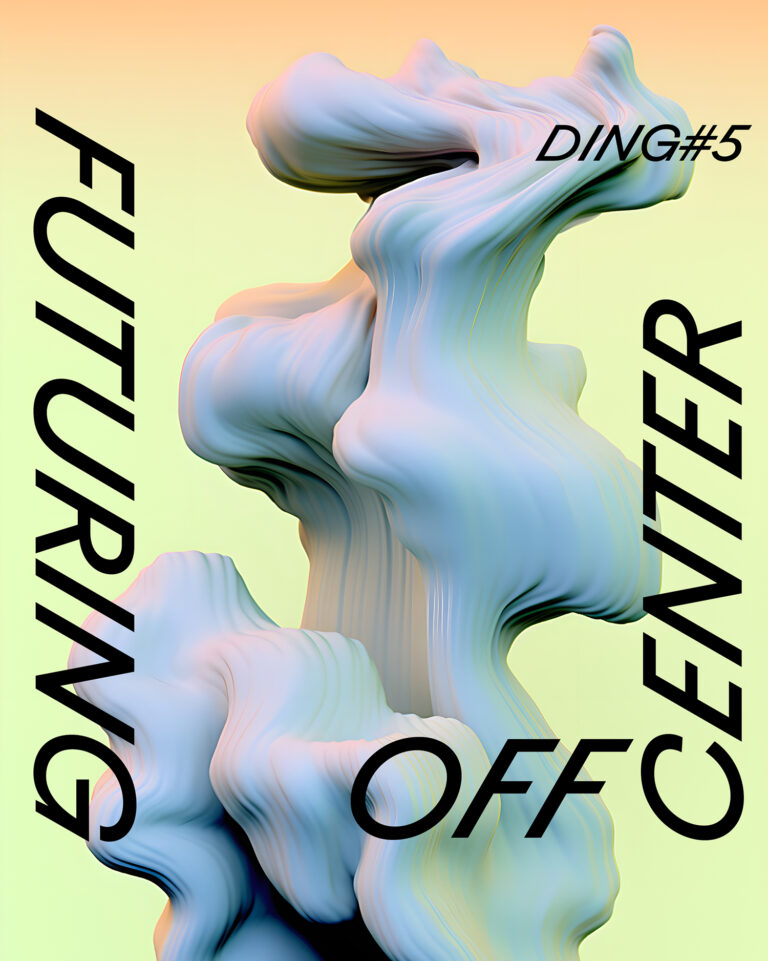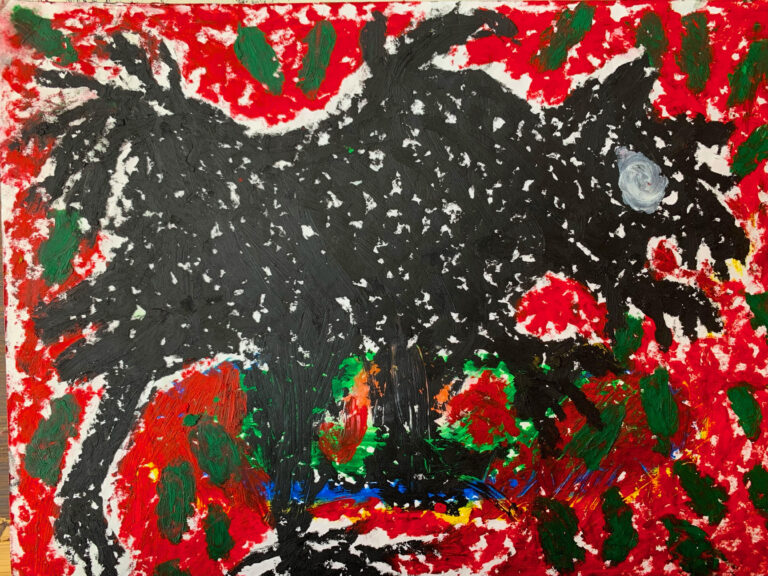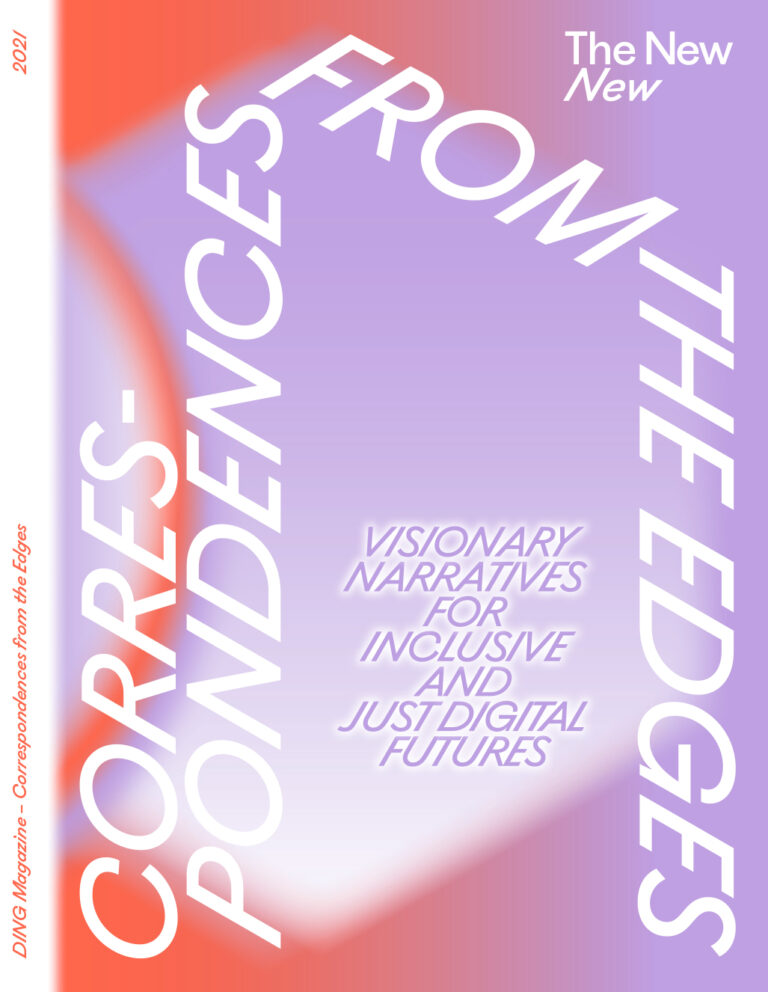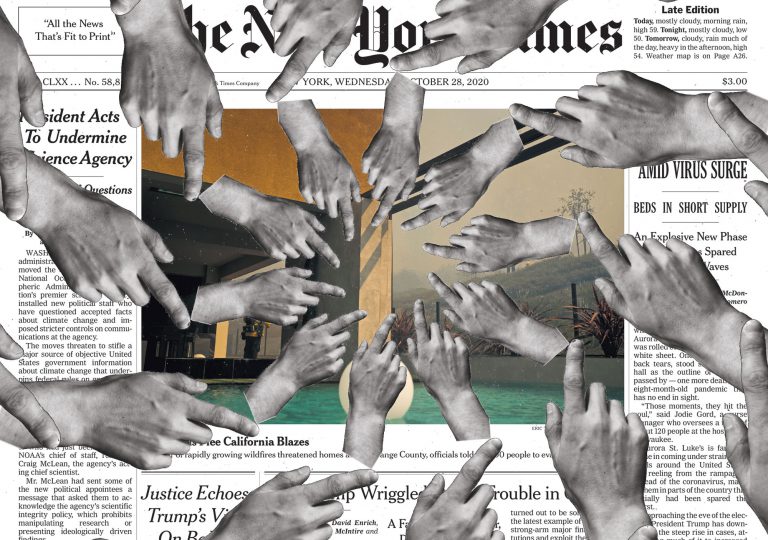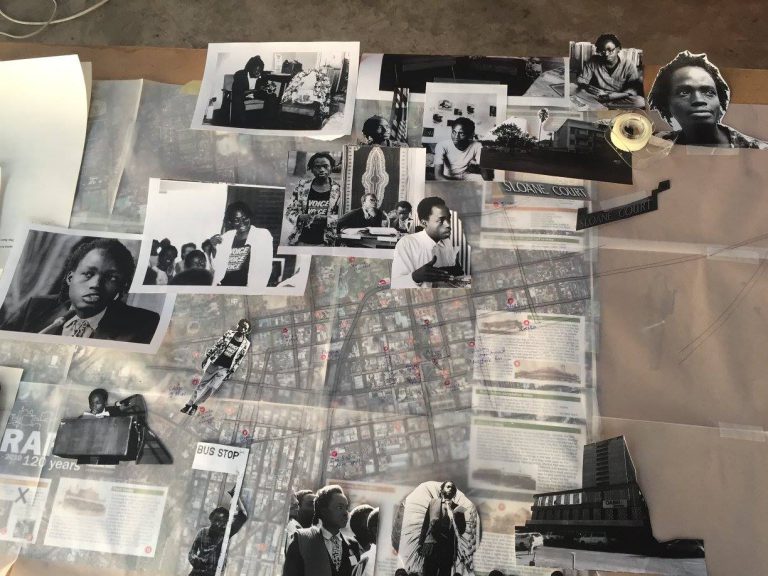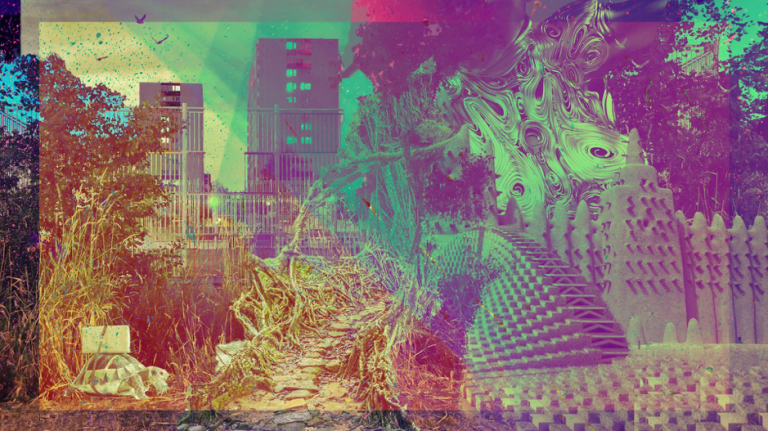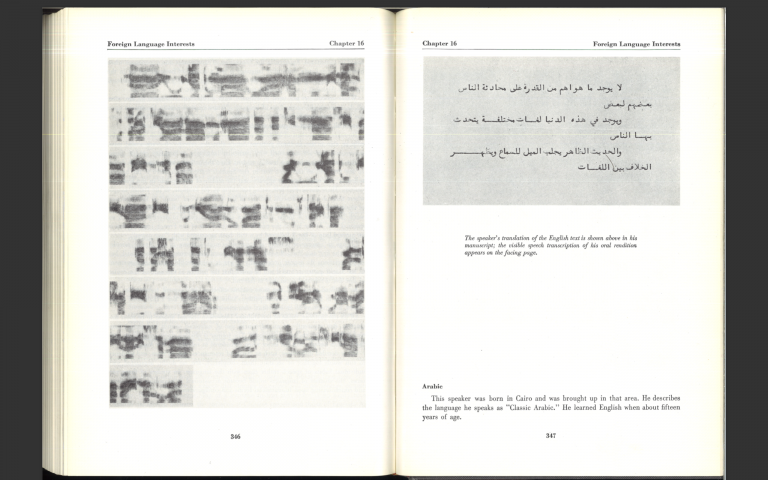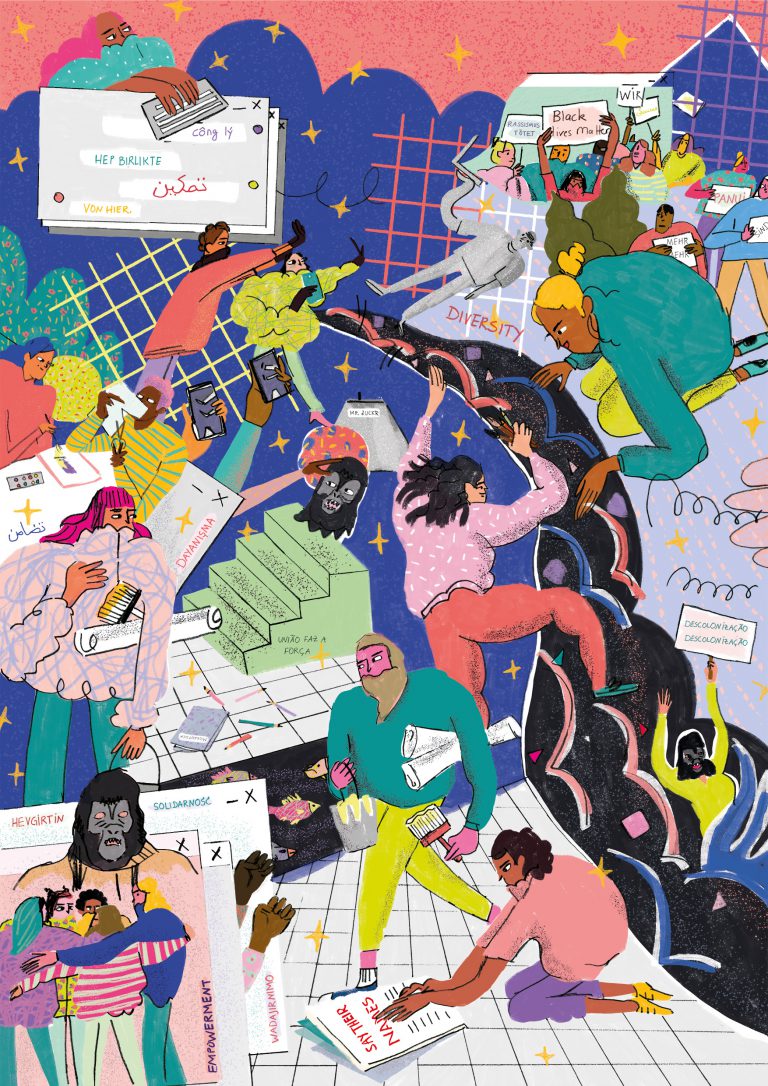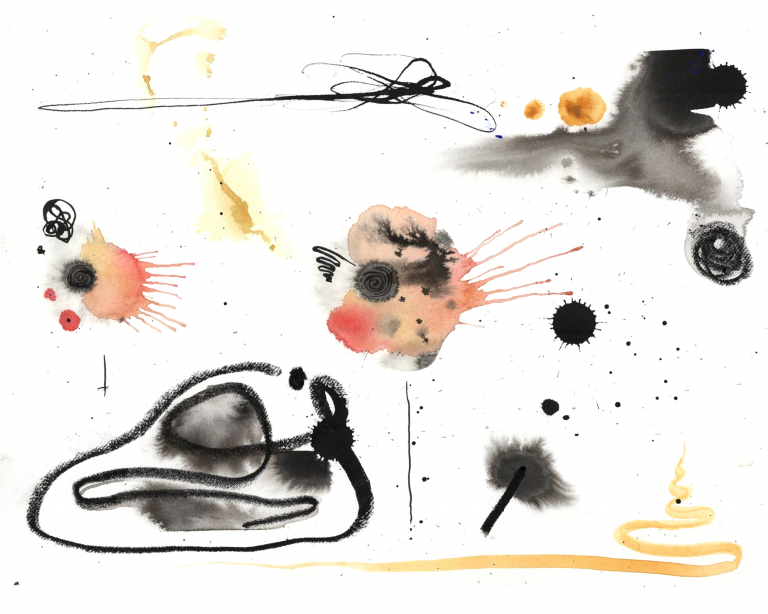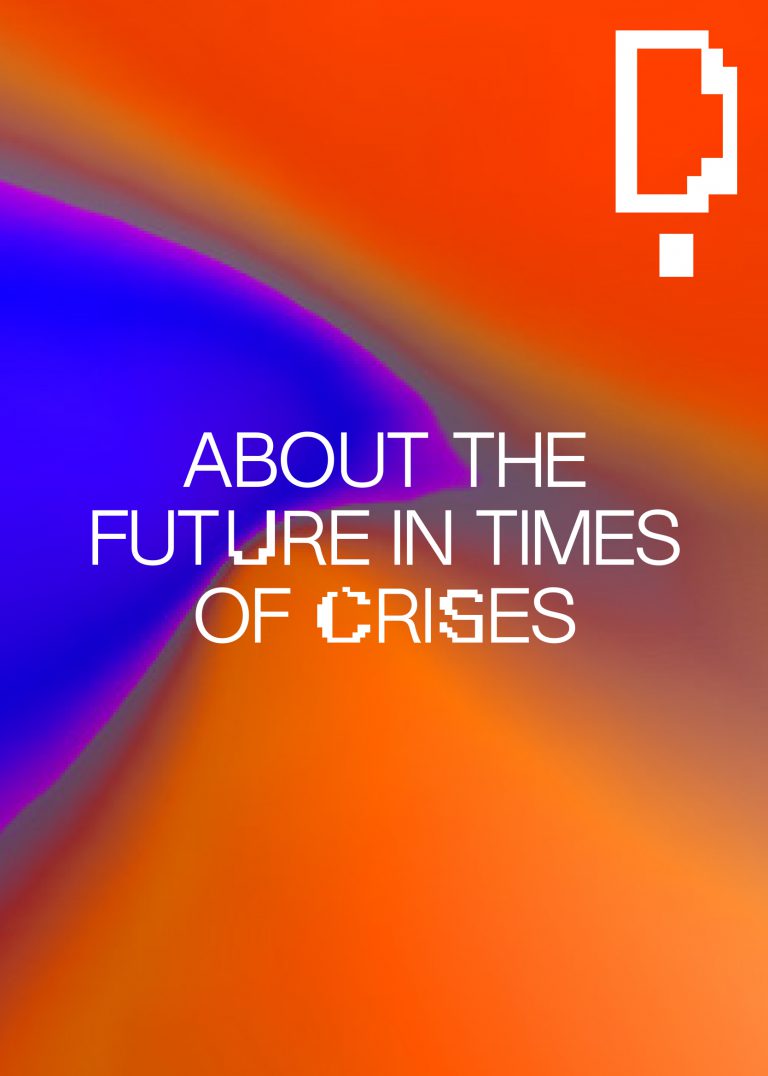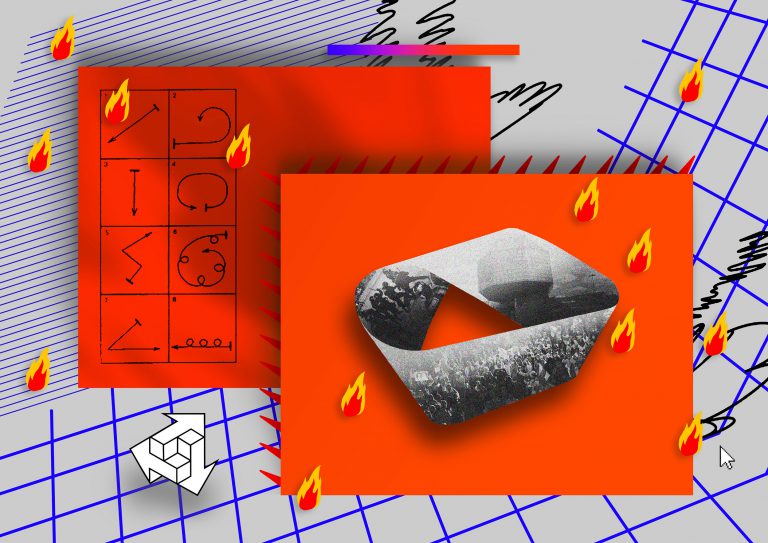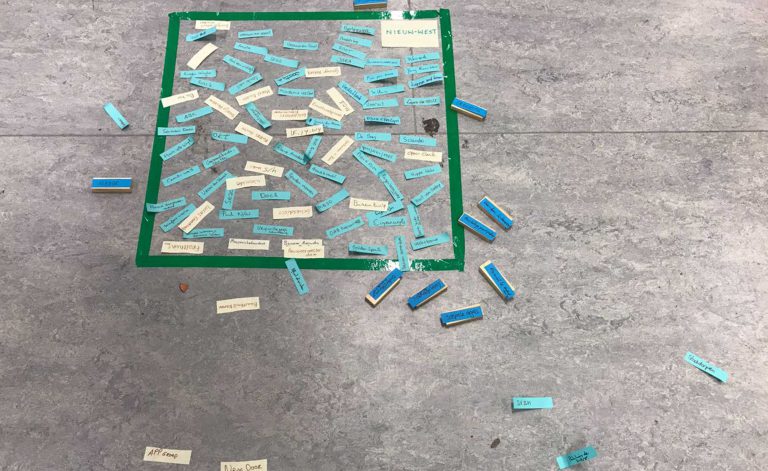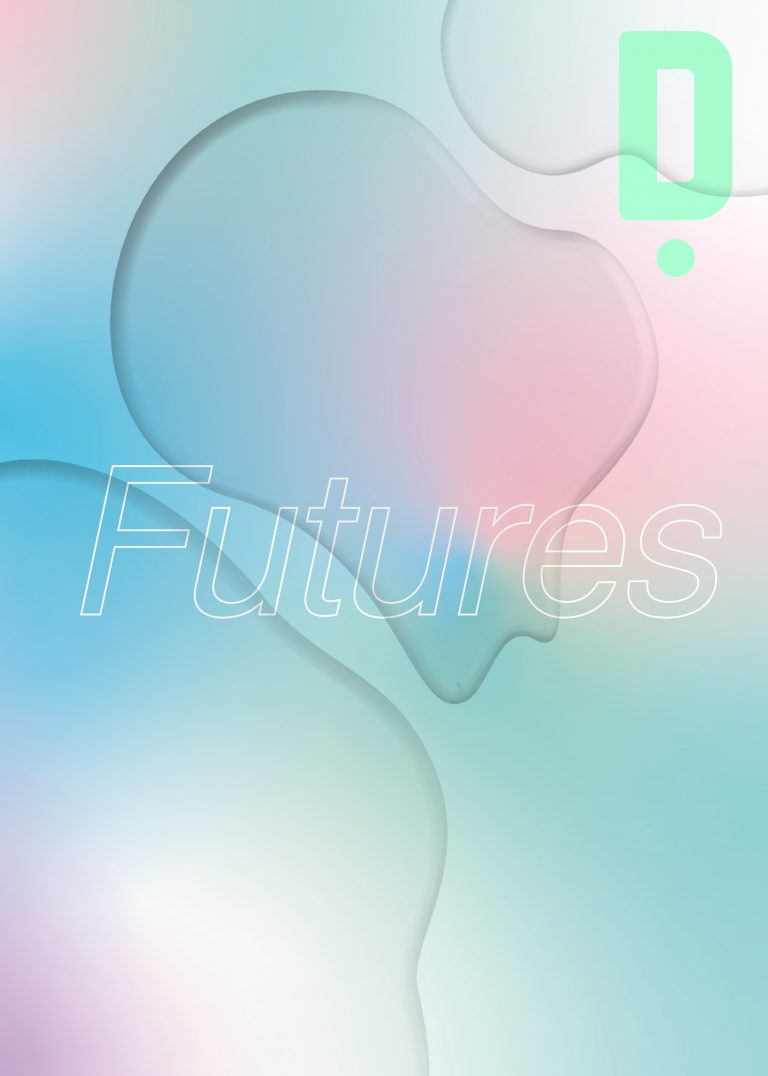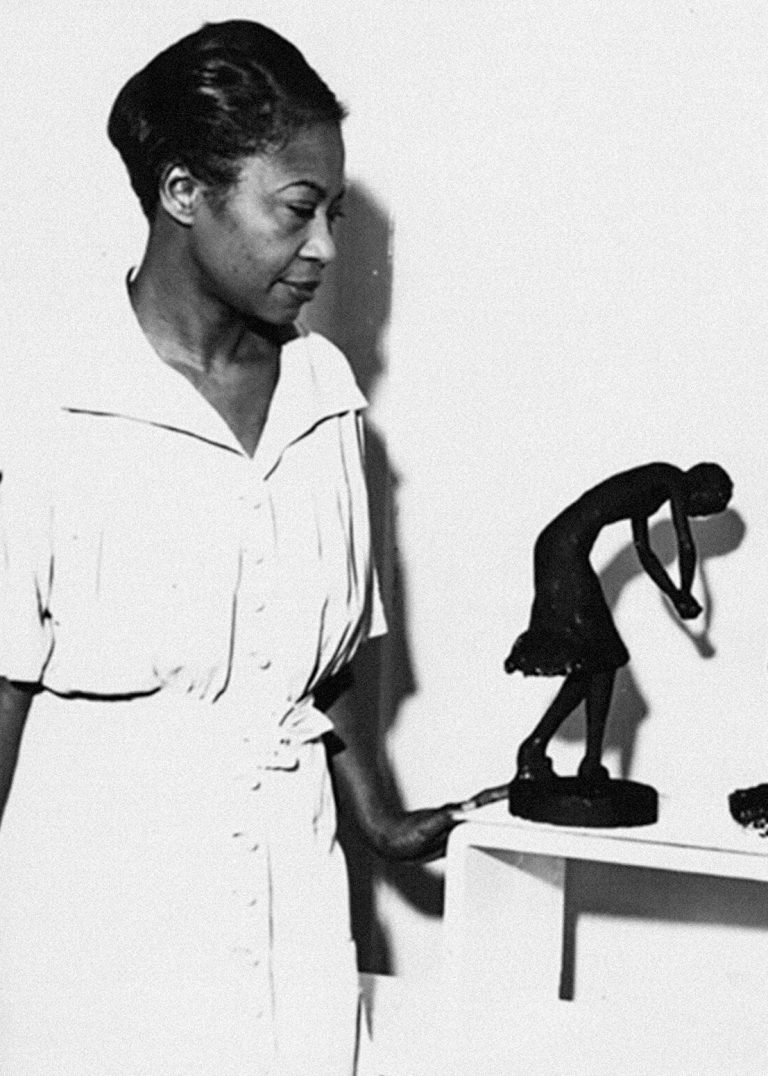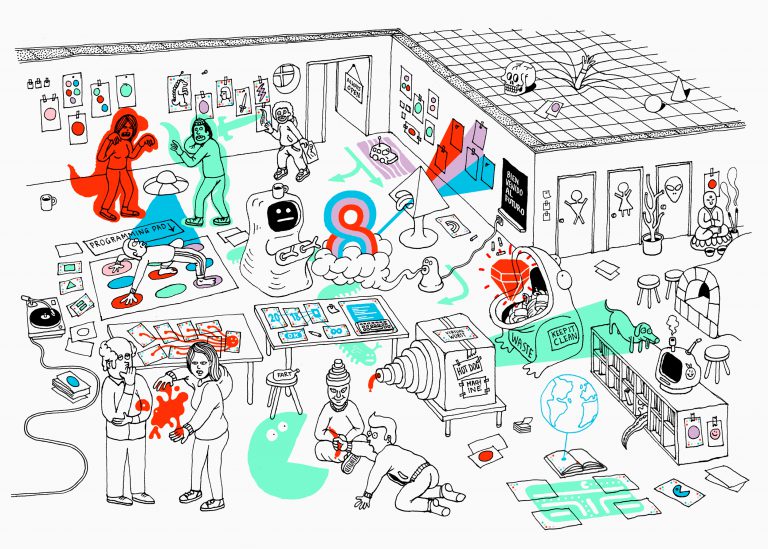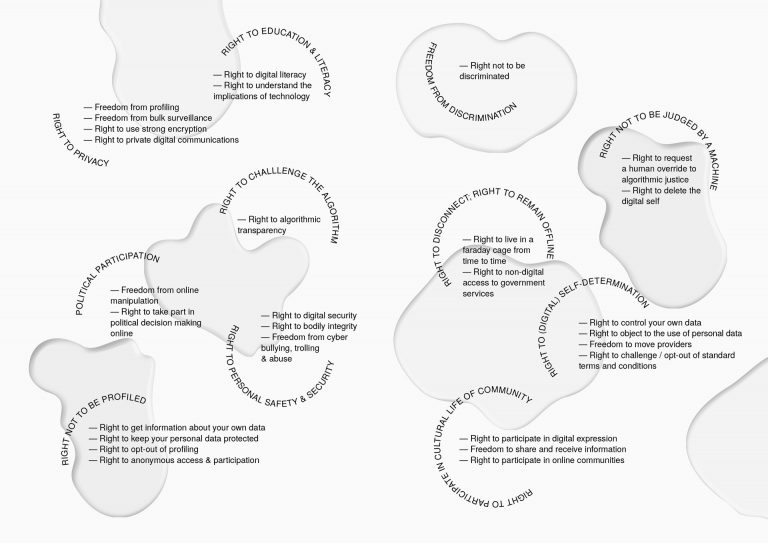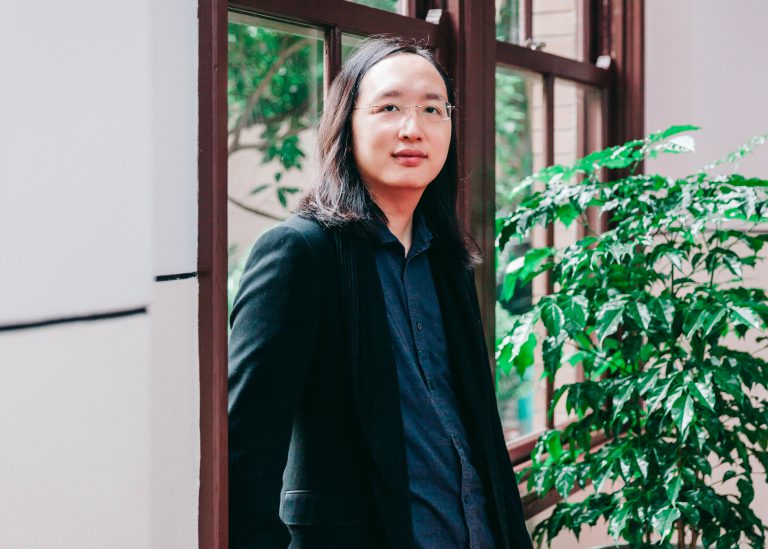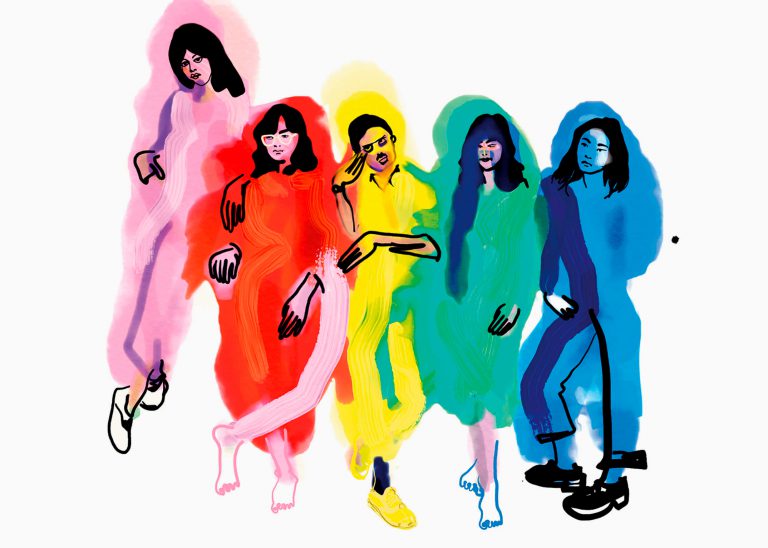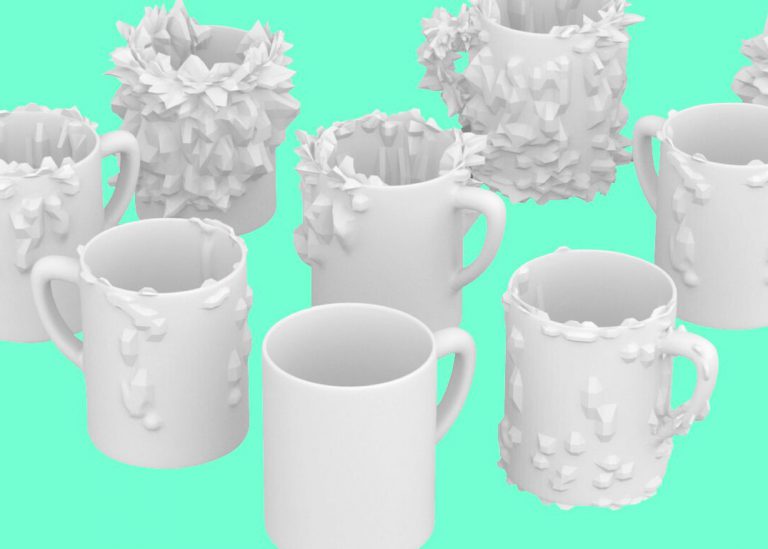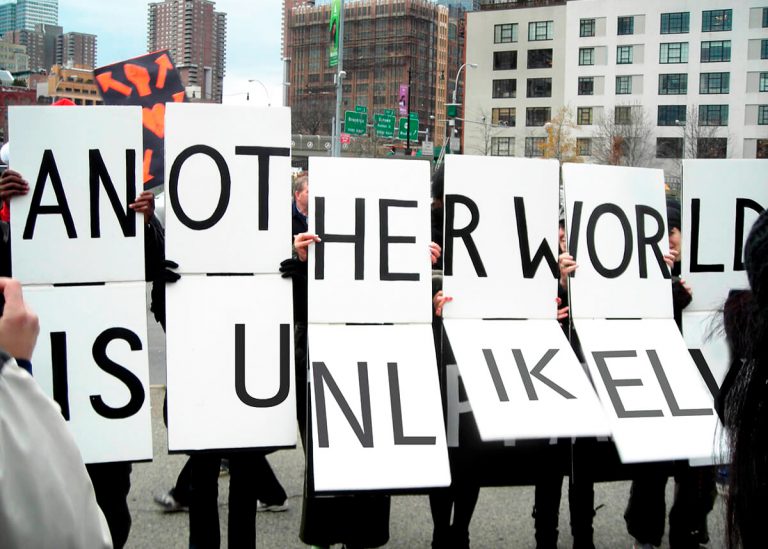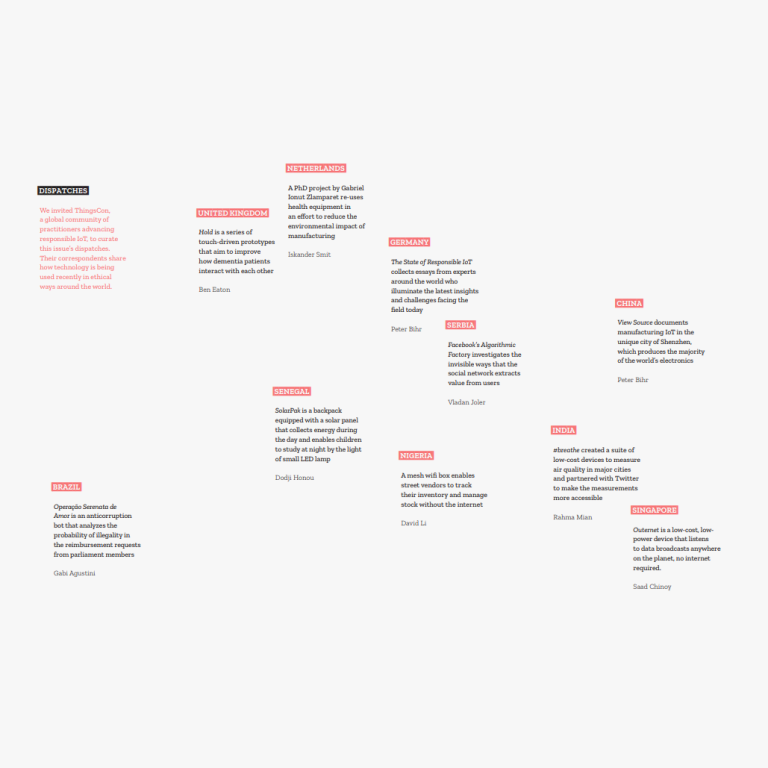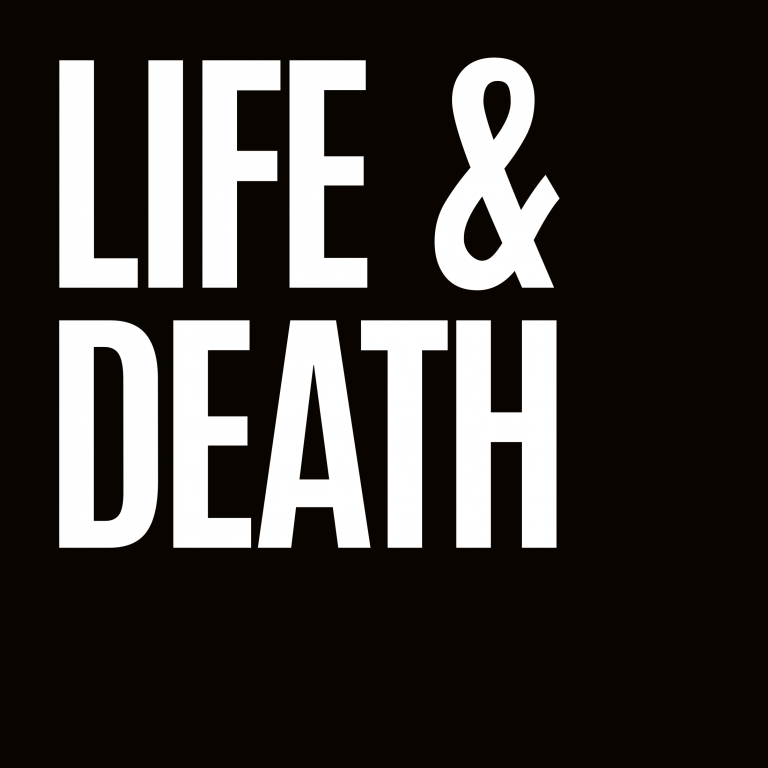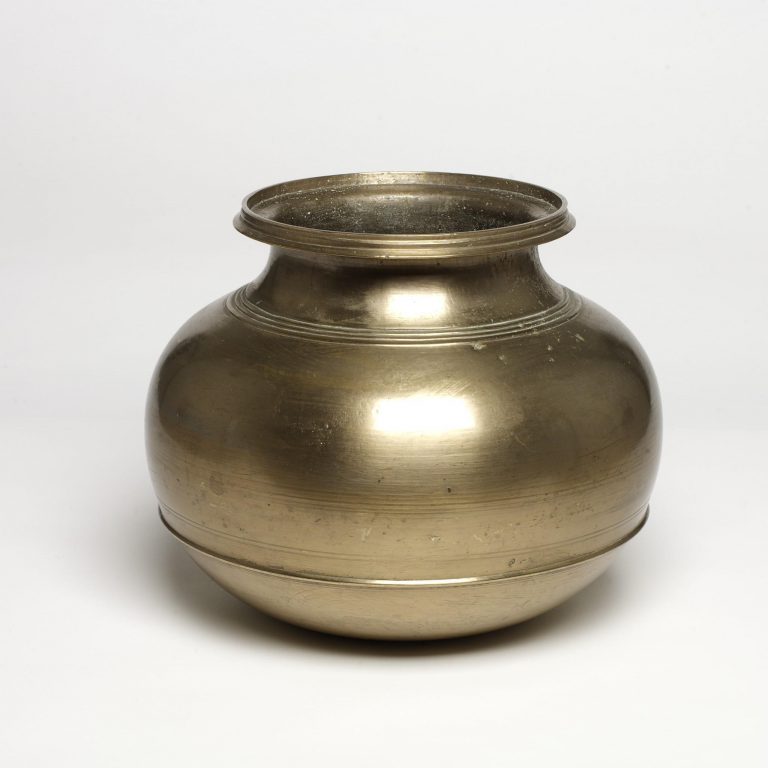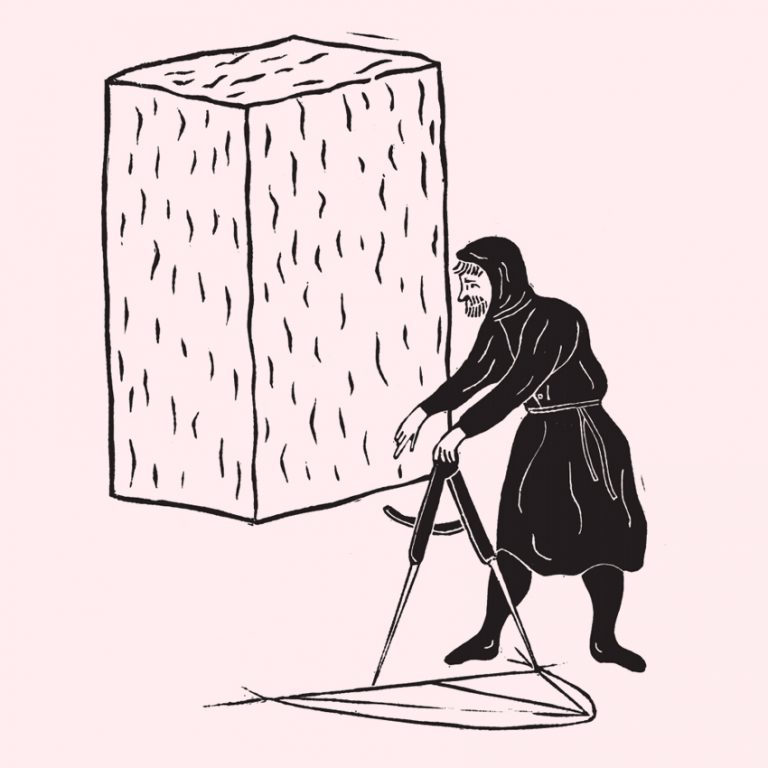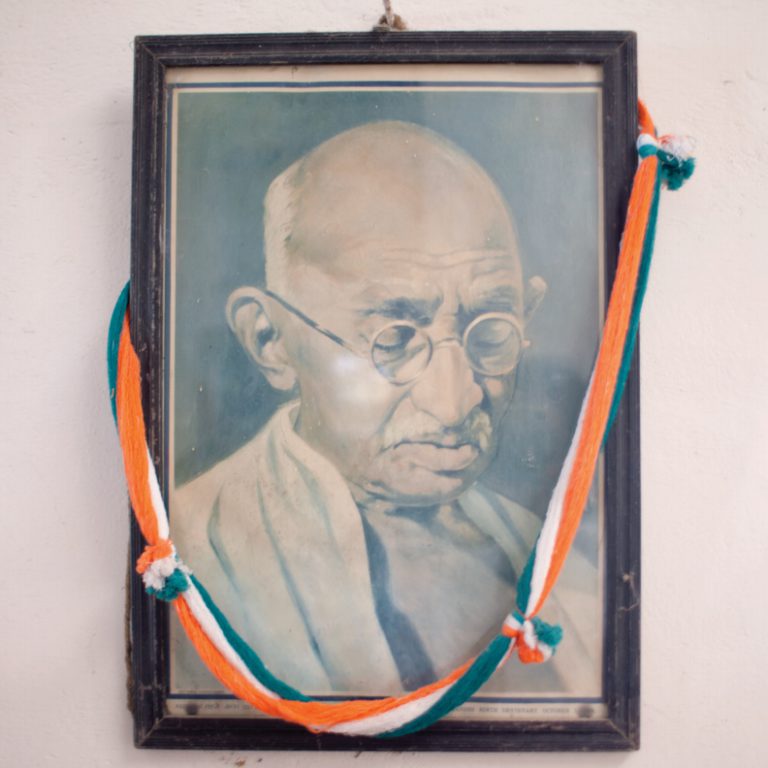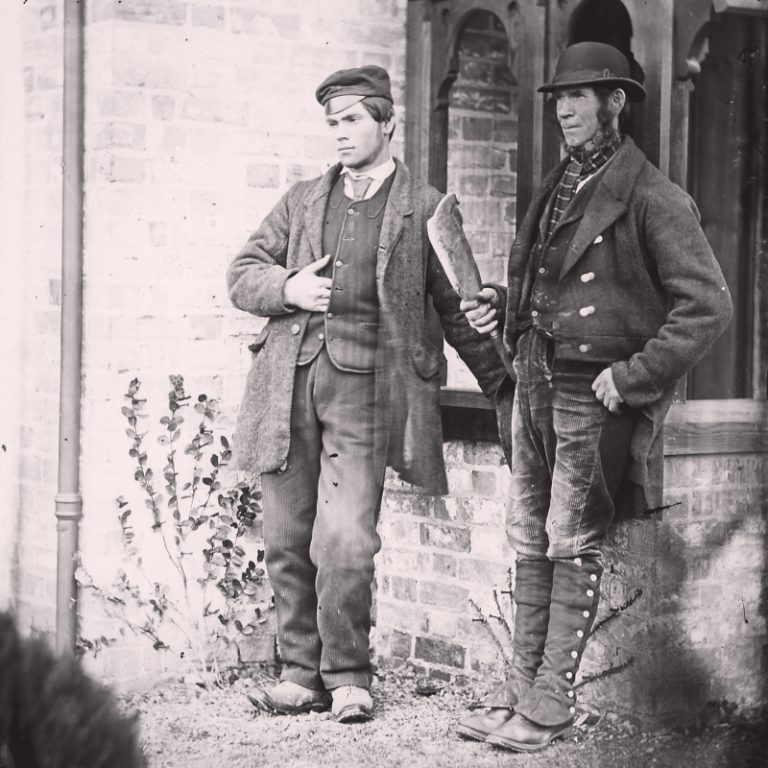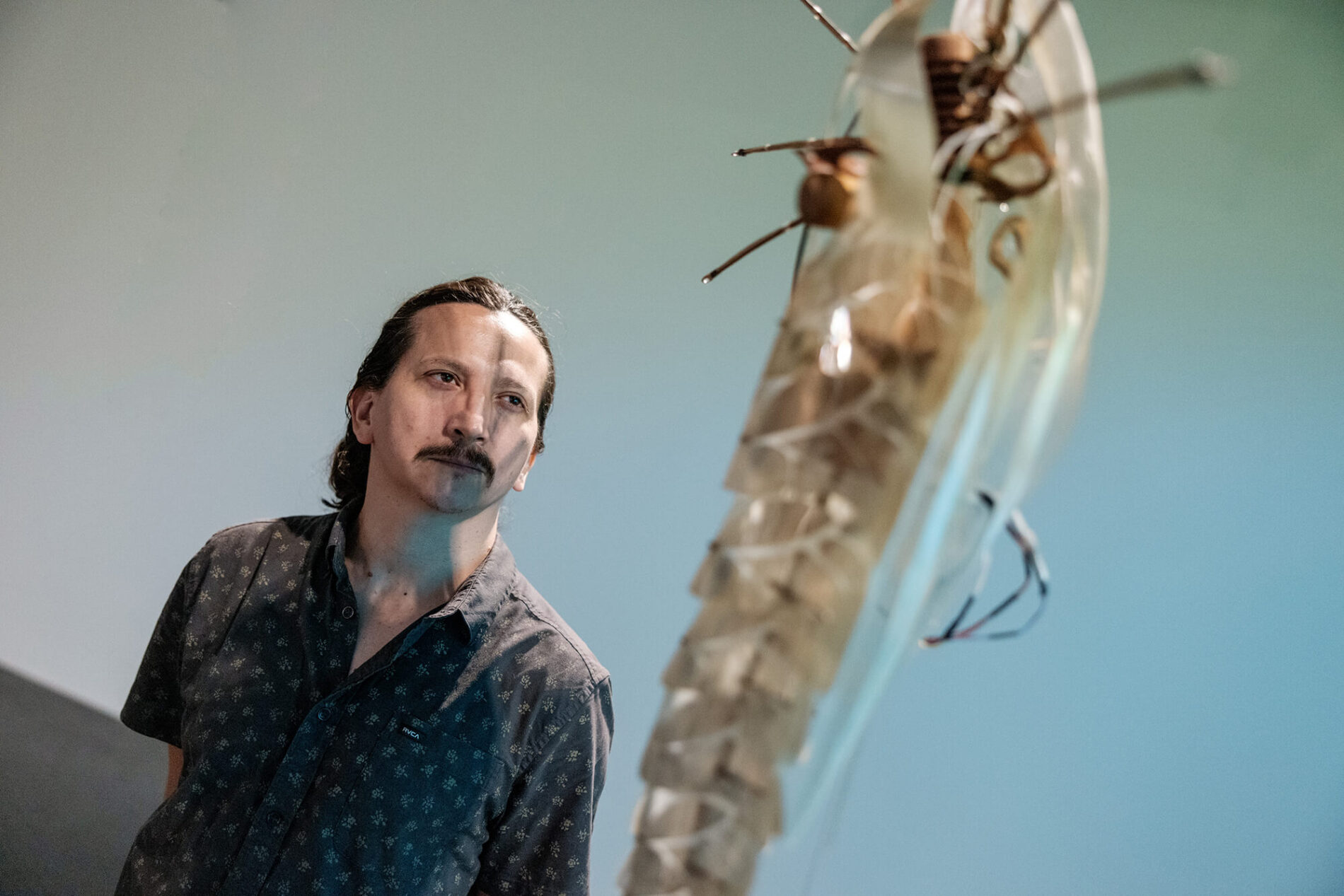
Quincey: Jonathan, I read a text on a talk you gave a while back at the MUNTREF Center for Arts and Nature about your work. The article said that the “invented fauna” you create through your artistic practice allow you to “envisage the near future”. Could you share a bit what you are currently working on and the role futuring plays in your work?
Jonathan: First of all, I would like to thank Quincey and Superrr magazine for this space, I am very excited to be part of this publication.
As you mentioned, for about 12 years I have been exploring art in three-dimensional languages, studying and reinterpreting various animal anatomies, focusing a great deal of my attention on arthropods. These studies have allowed me not only to imitate these anatomies, but also to create new forms, and new combinations between forms and mechanisms in order to eventually develop a kind of bestiary of my own with which I play to develop various poetic proposals.
At the beginning of this research, I focussed on using materials rescued from waste, such as synthetic polymers and metals,¹ but was always yearning to find a material language more akin to nature. Around six years ago, I started exploring organic materials and have slowly been developing a series of working methodologies with biopolymers in order to understand how to work with them to create my sculptures, which combine bio-inspired mechanics and robotics.
This potent materiality has made it possible for my work to become a sort of science fiction of something that is about to happen. It allows me to explore a universe in which these robotic beings exist and, through them, to scrutinize ideas around possible technologies that are distanced from the needs of the current economic system of extraction and consumption, and are much closer to the needs of ecosystems.
In my work, futuring allows me a potentially infinite landscape of scenarios and avenues of sustainable interaction between human technology and non-human life forms in the very near future. Like many people, I see an urgency to feed our dreams of the future with scenarios that allow us as a society to think about the dignity of all beings that share this planet.
Quincey: You use speculative design to create your art works, many of which re-evaluate the relationship between the artificial and the natural. How does this approach help you build new perspectives on sustainability and alternative, more ecological futures?
Jonathan: I see in the speculative a way to daydream and create society. Recalling Donna Haraway’s text ‘To Continue with the Problem’, it is not a matter of looking at the past with nostalgia and the future with optimism or pessimism, but rather a matter of building from the present a future where all forms of life continue in a continuous amalgam of complex interrelationships, and trying to continue, in the best possible way, to understand ourselves through what surrounds us, to be part of it. I believe that the power of dreams, of imagination, lies in the possibility of seeing something that does not exist or that seems impossible. And with time materializing it, this construction of a worthy future for all beings that inhabit the planet is also a construction of the present.
On the other hand, thinking in dual terms of artificial/natural produces separation and isolation; re-evaluating this dichotomy allows us to collectively become aware of life and its complex orders, to understand ourselves as part of the tangle of intertwined beings that inhabit this planet. This sensitization to life is fundamental, and here art has much to contribute.
Quincey: Speaking of change – time is integral to futures thinking. What role does it play in your artistic practice and art works?
Jonathan: Time is definitely a fundamental axis of my work. Our notion of time is deeply linked to notions of life and death. It is the constant par excellence, omnipresent, inescapable.
In my work, documenting the passage of time has become a crucial element: time as a poetic element, a flow through which matter and energy navigate in continuous processes of change and transformation. My work tries to capture and make visible phenomena that are hidden from our eyes.When working with the phenomena of death, transformation/decomposition, visualizing the way these phenomena take place over prolonged or accelerated timeframes becomes relevant for making them accessible to our perception. Here, various photographic and video techniques make it possible to render the phenomena visible by slowing them down or speeding them up. Time thus becomes something to be manipulated, examined, and this fact turns us from spectators into witnesses of previously hidden processes.
For the ‘Wild Machines’ project, I have proposed the creation of three biodegradable mechanical sculptures, each of which will be exposed to a different environment in which it will die or transform. The first is a sculpture created with materials from the forest of Sarapiqui, Costa Rica, a rainforest. The sculpture will be left inside the forest and its death will be charted with the time lapse technique. I call this death, “Slow Death”. The second is a small mechanical sculpture created with materials from the area of Orotína, Costa Rica. This sculpture will be devoured by the creatures which live in Orotína. I call this death, “Fast Death”.
The third sculpture will be created for the exhibition room in the Lentos Museum² in Austria. This sculpture is much more neutral in terms of materials, despite also having a wooden skeleton and a biopolymer skin of agar-agar and gelatin, a base it shares with the other sculptures. The speed of its death is still undefined, since it will be subject to the interactions that the public has with it. This sculpture has a system that detects visitors and if there is activity, every ten minutes it will be sprayed with water, which will gradually degrade its structure.
Quincey: At the heart this project, ‘Wild Machines. Knots, tangles and the becoming of mechanical beings inside compost’, for which you received a joint prize this year from Cisneros Fontanals Art Foundation and Ars Electronica, are ideas around biomimetics and, specifically, materials which degrade. How have these concepts and their related processes inspired you in your work and informed your speculative thinking about different (sustainable) futures?
Jonathan: Indeed, I was fortunate to receive this award which has allowed me to materialize the Wild Machines Project – which I consider the beginning of many new things for my work.
In this project I have finally been able to materialize images that I have been dreaming about for a long time and put into practice some of the knowledge I have been able to acquire over these years – knowledge that I try to unify or incarnate in the material from which these works are made.The idea is to make visible a series of biodegradable, machinic beings, to materialize fragments of their still non-existent form, and be able to perceive some of their characteristics – at least those that allow us to think about their possible existence and the way they exist, the way they die, and the way they reintegrate – and so move them away from the current system of extraction and linear use of resources, and bring them closer to the systems of what is alive.
Some ideas that emerge from this work I find very powerful, such as those that arise from the act of putting the words “Machine” and “Wild” together. This act emphasizes the thin and increasingly blurred line that separates machines from what is alive. Here I recall the text by Maturana and Varela ‘Of Machines and Living Beings’³ which, among many other things, proposes a sort of characterization of the systems of life, which allows us to think about the creation of artifacts with properties of the living, and through them to speculate about future technologies and the way in which they mix and interact with diverse ecosystems.
On the other hand, talking about knots, entanglements and compost are ideas that I take from Donna Haraway’s ‘Staying with the Trouble’,⁴ and which I use to think about the interrelationships that are necessary for this project to take shape and make sense. Many beings have been involved in it, some have provided the materiality with which I work in my sculptures, others have been participants in the process of transforming these works, others have helped me to materialize them. In general, this project is a great entanglement of beings, materialities and energies converging, transforming and reintegrating.
Thus, these works, these artifacts, by emulating the way biological systems die, allow us to think of them as alive. I consider that in this act is an enormous potency and it leads me to profound conceptual questions: how do machines die, or in what way should technologies die? What poetics are hidden in the death of a machinic being?
Quincey: While ideas around futures might inform our view of the world, they can easily exist as abstract ideas or images. Yet your work is deeply involved with and informed by the materiality of things. In this sense, how do tangibility, materiality and experience play into your artistic practices and inform your approach to proposing futures?
Jonathan: I love this question: I think it accurately points to the fact that the matter in these works carries not only symbolism but also possible tangible answers to immediate problems. The exploration of bio-art poses fictional scenarios, but in many cases, exploration also poses real scenarios which make us visualize problems very close to home and allows us to glimpse possible avenues of action. Although the basis of my work is speculation, I am also a member of a very active community of researchers and scientists/artists, who are experimenting with different materials that allow societies not only to speculate, but also to apply the knowledge resulting from these investigations to specific problems.
We are at a very exciting historical moment, a moment of profound change, in which it is possible to exchange knowledge in an expeditious manner. As a society, we are facing very complex problems; solving them will be a group act.
Quincey: Breaking down materials is, for humans, a conscious decision involving complex processes and relations. Yet nature already has these systems in place. What do you learn from nature by imitating and re-purposing its different materials and processes? And can such practices redefine the relationships we have with our surroundings?
Jonathan: Although our societies are relatively new in geological time, we have gone through many changes related to the way in which attend to our needs. Regarding your question, it seems to me very relevant to think about the enormous number of material transformation processes that we, as a species, have developed in a relatively short time. Here we could name fertile fields of experimentation such as gastronomy, agriculture, computing or architecture, among many others. With these processes, we have generated developments that are more or less respectful of the environment from which we tend to move away – and this, I believe, is largely linked to the idea of standardization, industrialization and massification of these processes.
What I mean is that, while we have developed successful sustainable systems in most fields of knowledge, as a society we face a huge problem when trying to balance the massification of solutions with sustainable methodologies. In this regard, nature definitely has the answers. The crucial and difficult part will be making decisions about industry and the way it operates. I believe that the answers are within reach, but it is necessary to reimagine the system. One pathway is perhaps to refocus on small communities and local, small-scale production.
Quincey: Sustainability has become a buzzword in the past decade, but politically we are still struggling to create change fast enough. How do you position yourself and your work in relation to the sustainability discourse and what might speculative design practices like yours contribute to envisioning new pathways for change?
Jonathan: Indeed, the system of capitalism has consumed the discourse of sustainability and regurgitates it in multiple ways, emptying it of substance, while the urgency for solutions becomes increasingly pressing.
Everything that is said and thought has the potential to become faded or empty, but I believe we cannot fall into defeated thinking. While everything may seem to be going wrong, it is possible to see people every day with new answers, moving, thinking, developing. It is important and necessary to keep talking, to keep dreaming, to keep proposing. I see myself within this group of dreamers, I want to be a link in this great chain, and to have hope – even, hopefully, to spread hope.
Change will only happen when a more just society is achieved, one that avoids wastage and excess. This is possible, and as an artist at this historic moment I want to contribute to the great collective with my dreams and actions to make this vision of equity clearer and clearer.
As I said earlier, the role of art in the processes of social transformation is vital. It is in art where we find the spaces to dream and make others dream.
Quincey: To wrap up, we have one last question: 20 years from now, what vision or hope you would like to see become true?
Jonathan: I hope to still be able to go to a river and bathe in it, I hope I can still hear the insects at night and see a sky full of stars without using an extra device. I hope for certainty that the multiplicity of miracles that occur in the forest day by day continue to take place, and that living beings of any kind can have full lives. I dream that the most elemental remains possible and that whatever future technology is, it will be designed in relation to this scenario.
Quincey: Thank you, Jonathan for your time and doing this interview with us!
1. https://www.behance.net/gallery/160794989/Escultura-bioinspiracion-serie-Interrelaciones
3. Maturana, H. R., & Varela, F. (1997). Of Machines and Living Beings. Autopoiesis, Organization of Living (Title adapted). Porto Alegre: ArtesMédicas.
4. Haraway, D. J. (2016). Staying with the Trouble: Making Kin in the Chthulucene. United Kingdom: Duke University Press.
